A well-planned fish pond delivers more than shimmering water; it invites biodiversity, cools micro-climates, and brings daily calm to outdoor (and even indoor) life. Studies on pond construction show that even a quarter-acre pond can yield hundreds of pounds of fish while boosting recreation and property value. Designers now use floating islands and native plants to polish water naturally and create refuge for wildlife , while social-media makeovers of £50 DIY wildlife ponds prove how budget-friendly and family-friendly the trend has become. The 20 ideas that follow blend structural ingenuity with ecological insight so you can match a fish pond concept to any size, style, or climate.
1. Elevated Koi Fish Pond Showcase
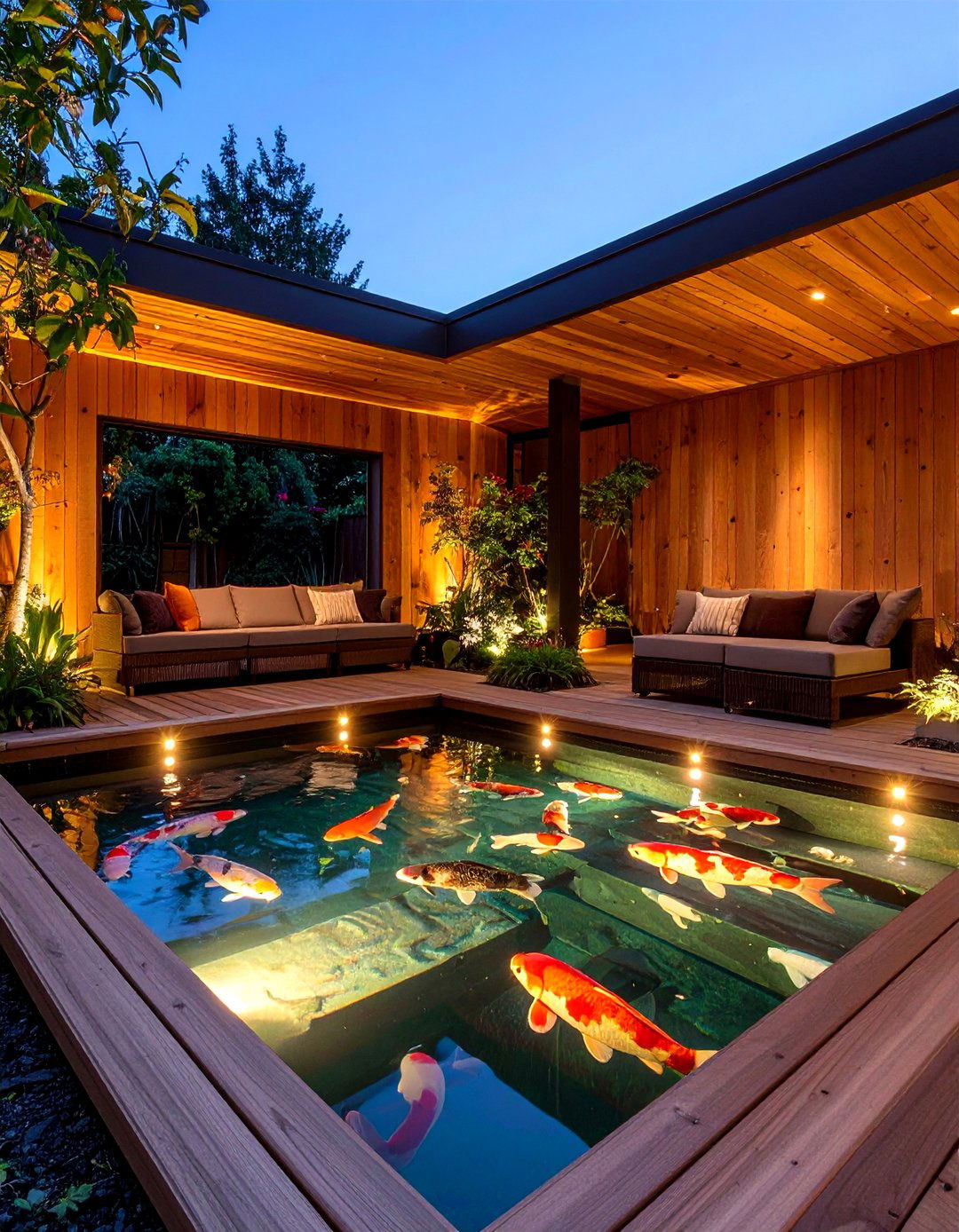
A raised koi fish pond transforms edging into eye-level viewing and built-in seating, helping you appreciate color patterns without kneeling. Builders note that the vertical walls reduce leaf litter and discourage predators, trimming weekly maintenance. Because the liner is above grade, insulation boards or double walls keep water temperatures stable, protecting koi from rapid swings. Add wide coping stones to create a child-friendly perch and to hide plumbing returns. Step-down shelves inside the pond double as planting ledges and emergency “stairs” for pets or wildlife. Finish the look with LED strip lights beneath the coping; evening uplighting turns swimming fish into living lanterns.
2. Natural Wildlife Fish Pond Haven
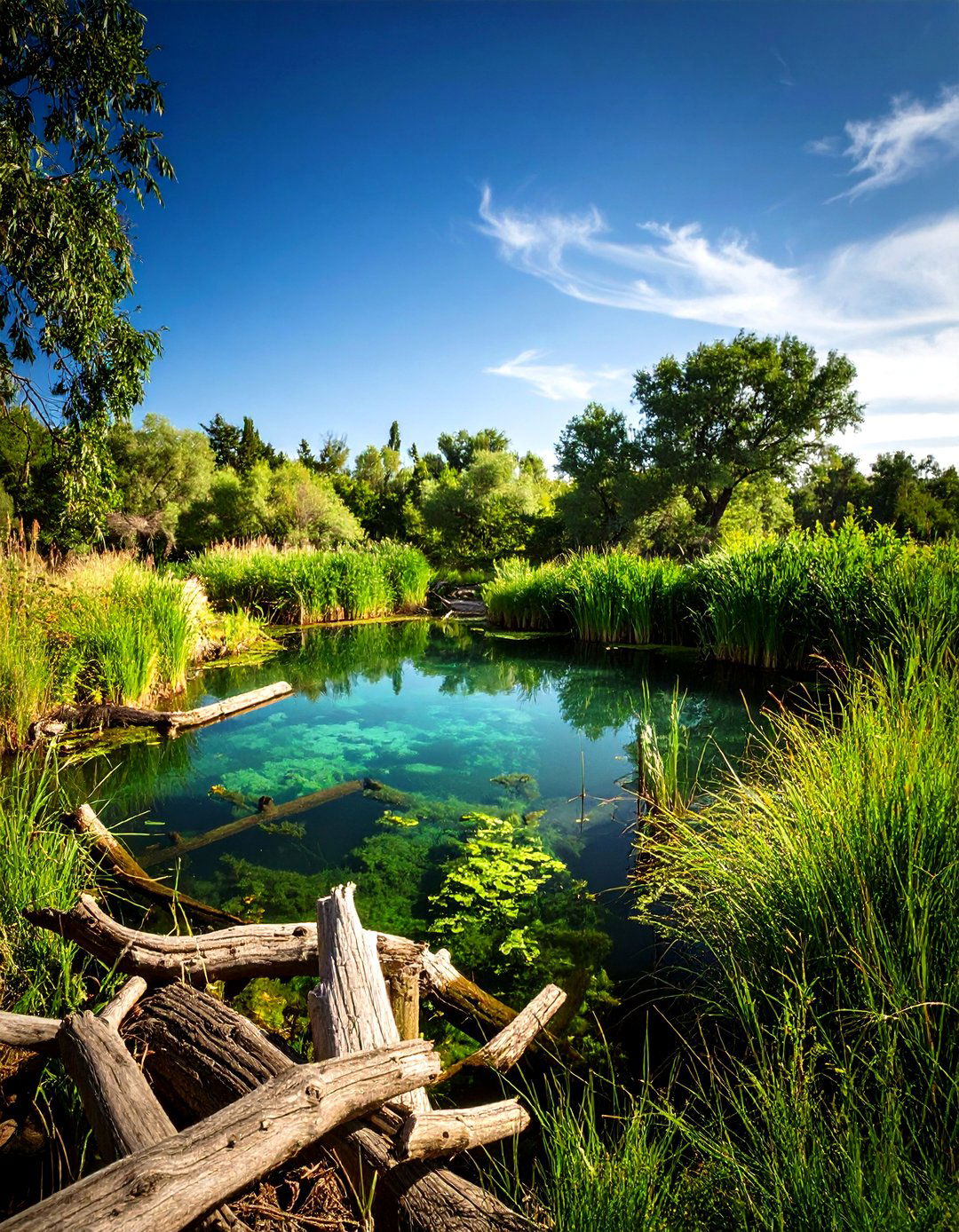
A wildlife-focused fish pond swaps formality for tangled edges, log piles, and gradual slopes so frogs, newts, and dragonflies can slip in and out freely. Keep at least one deep pocket (60–80 cm) for overwintering fish, but let shallows occupy two-thirds of the footprint to warm quickly and boost insect life. Use an unlined bog or planting shelf for native rushes that filter nutrients and shade fry. Gardeners who followed this template on social media reported spontaneous visits from damselflies within a week and tadpoles by month’s end, thrilling curious kids and slashing mosquito numbers.
3. Barrel or Container Fish Pond Charm

Half-wine barrels, stock tanks, and ceramic pots offer pint-sized fish pond magic on balconies or patios. A watertight liner or liquid pond sealant prevents rot, while a mini pump keeps oxygen moving for small goldfish or rice fish. Because container volumes are low, add floating water lettuce or dwarf lilies to intercept summer sun and suppress algae. DIY guides suggest using planting baskets to swap plants seasonally without muddy water upheaval. Position the barrel where you can siphon 20 % weekly—fresh tap top-ups fight nitrates and keep fish vibrant.
4. Rooftop Fish Pond Oasis
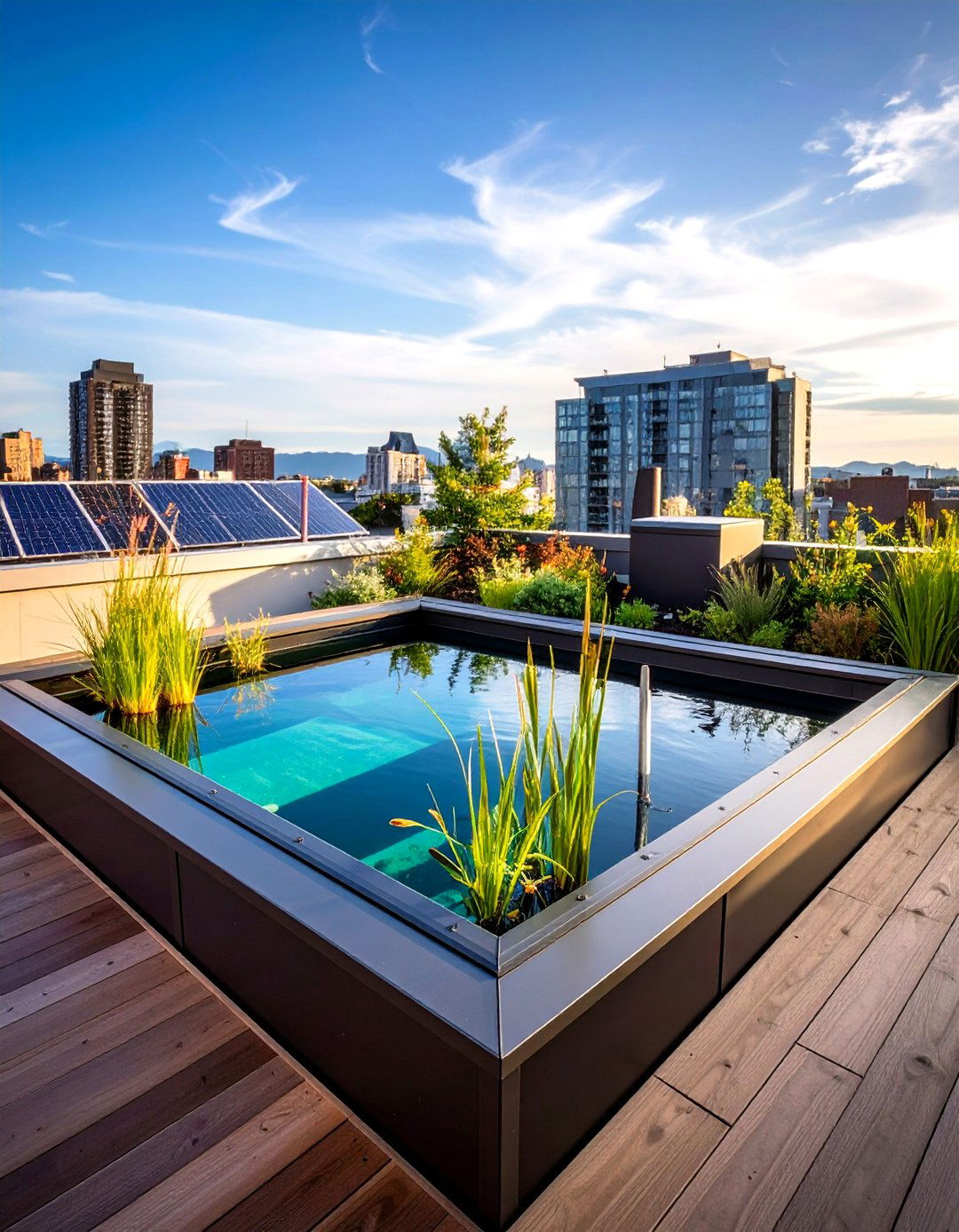
Transforming a flat roof into a fish pond turns wasted space into a cooling blue retreat, but structure first: engineers recommend verifying that slabs can bear at least 400 kg / m² to hold water, liner, and décor. Waterproof membranes, root barriers, and overflow scuppers protect interior ceilings. Use fiberglass or lightweight concrete panels to reduce load; then integrate a solar pump to aerate without routing long cables. Shallow marginal shelves double as evaporation buffers and emergency spillways during monsoon downpours. Add wind-tolerant plants such as dwarf cattail to anchor views while cushioning gusts that could chill fish.
5. Japanese Zen Fish Pond Serenity
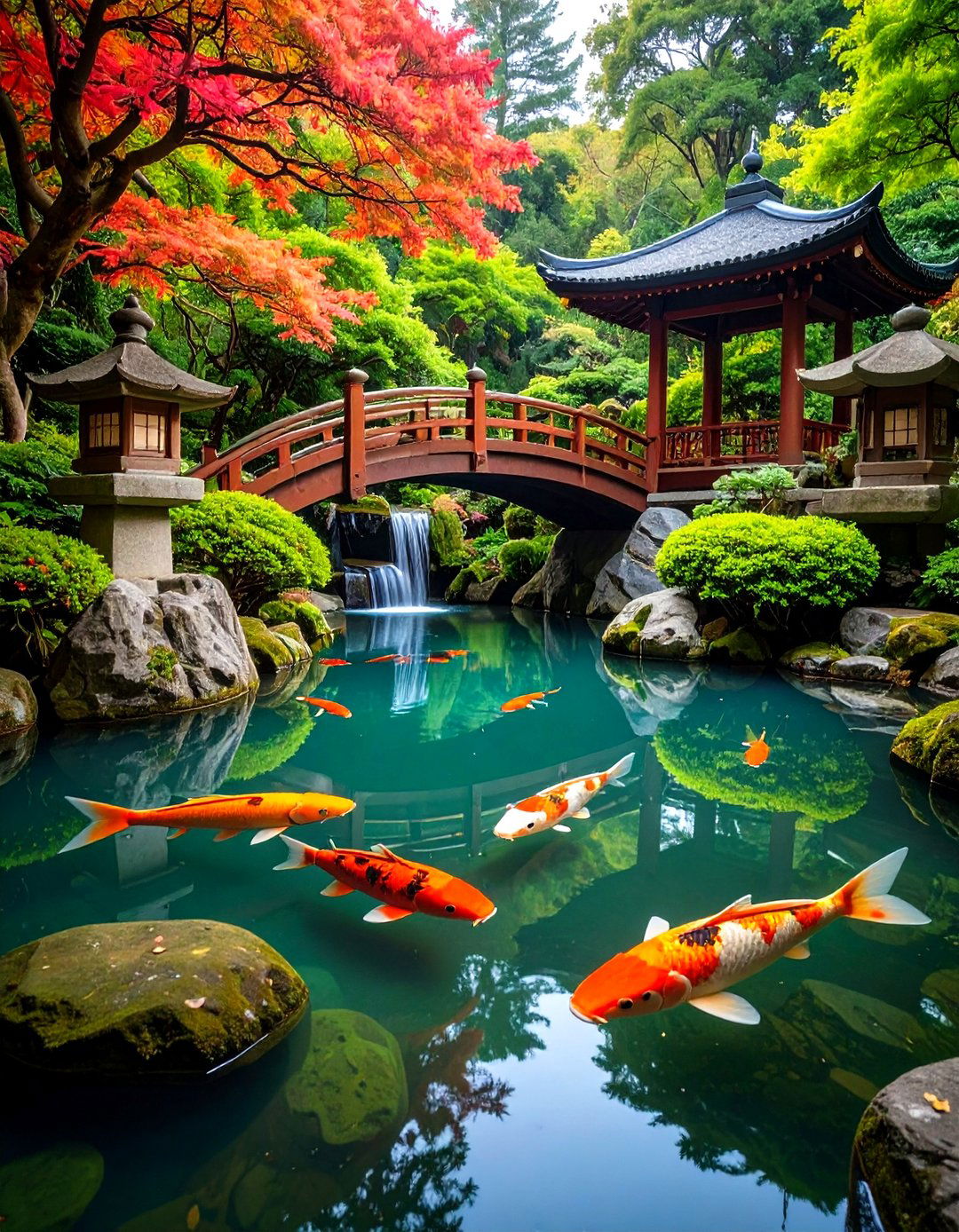
Stone lanterns, arched bridges, and asymmetrical shorelines evoke wabi-sabi elegance around a Zen fish pond. Classic Japanese garden principles place the fish pond as a “borrowed scenery” mirror for trees and sky, with koi symbolizing perseverance and good luck. Aim for an irregular shoreline and group boulders in odd numbers to mimic mountain islands. A subtle trickle cascade—never a roaring waterfall—maintains meditation-worthy hush while adding vital oxygen. Plant evergreen pines or cloud-pruned juniper on the north side to shade water in summer and keep evergreen reflection year-round.
6. Biofilter Eco-Friendly Fish Pond
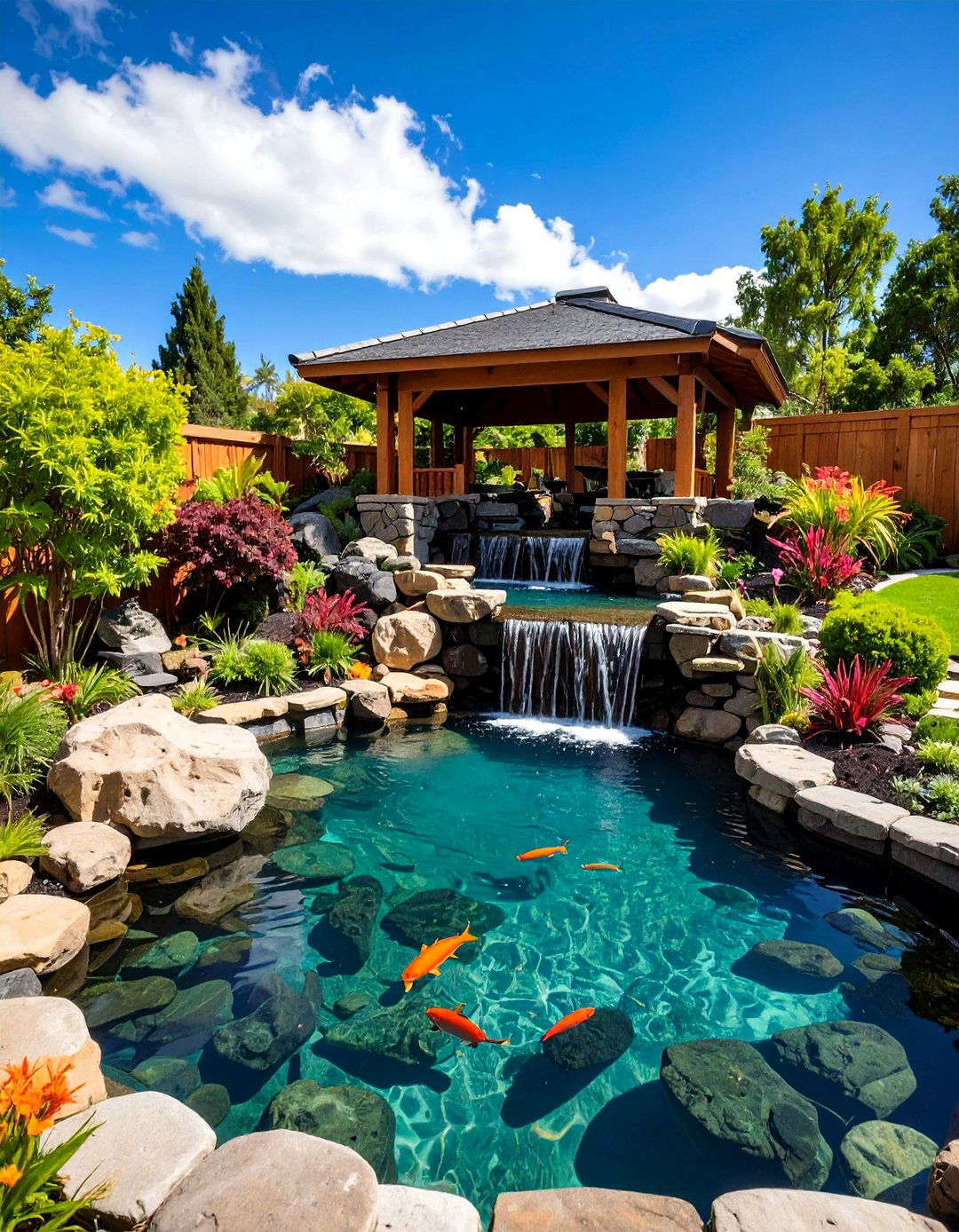
An ecosystem fish pond relies on hidden biological filters where nitrifying bacteria digest fish waste into plant food. Professionals estimate that coupling mechanical pre-filters with a bio‐media chamber slashes green water episodes by 80 %. DIY hobbyists often retrofit 55-gallon drums packed with lava rock or plastic “K-1” media for a tenth the price of commercial units. Size the biofilter to at least 25 % of pond volume, and return water via a small waterfall to boost oxygen saturation. This self-balancing loop supports heavier fish stocking and crystal-clear viewing without chemical algaecides.
7. Solar-Powered Fish Pond
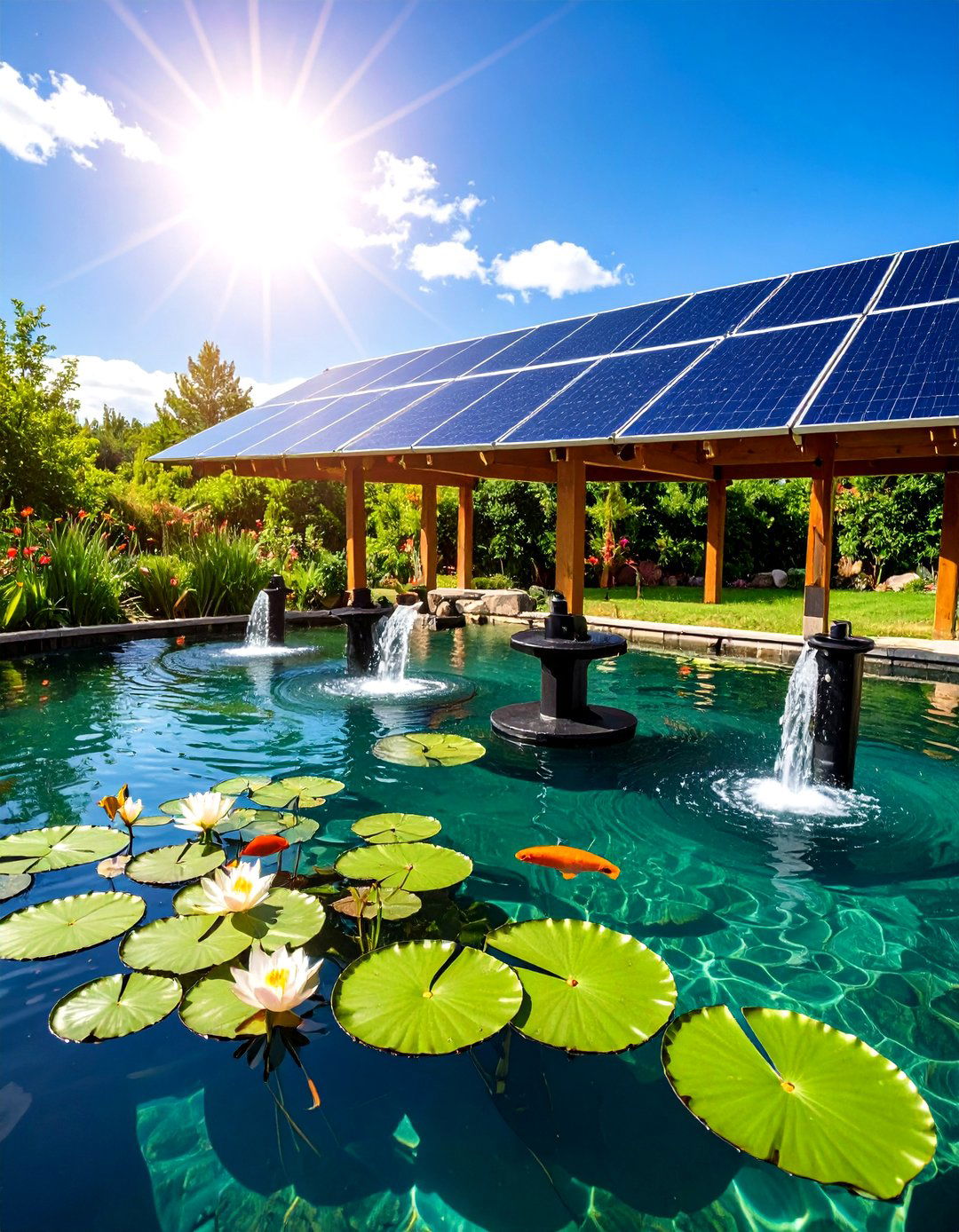
For off-grid sites, pairing a fish pond with a photovoltaic panel and DC pump keeps water moving when the sun—and algae risk—are strongest. Sizing guides suggest a flow rate equal to half the pond volume per hour on bright days, so a 1 m³ pond might need a 500 L / h solar pump kit. Mount panels at 30–40° to peak summer harvest and add a battery or super-capacitor if night aeration is critical for koi. Owners report utility-bill savings and a silent garden ambiance free of extension cords. Combine with floating fountain heads to break surface scum and deter mosquito larvae.
8. Floating Islands Habitat Pond
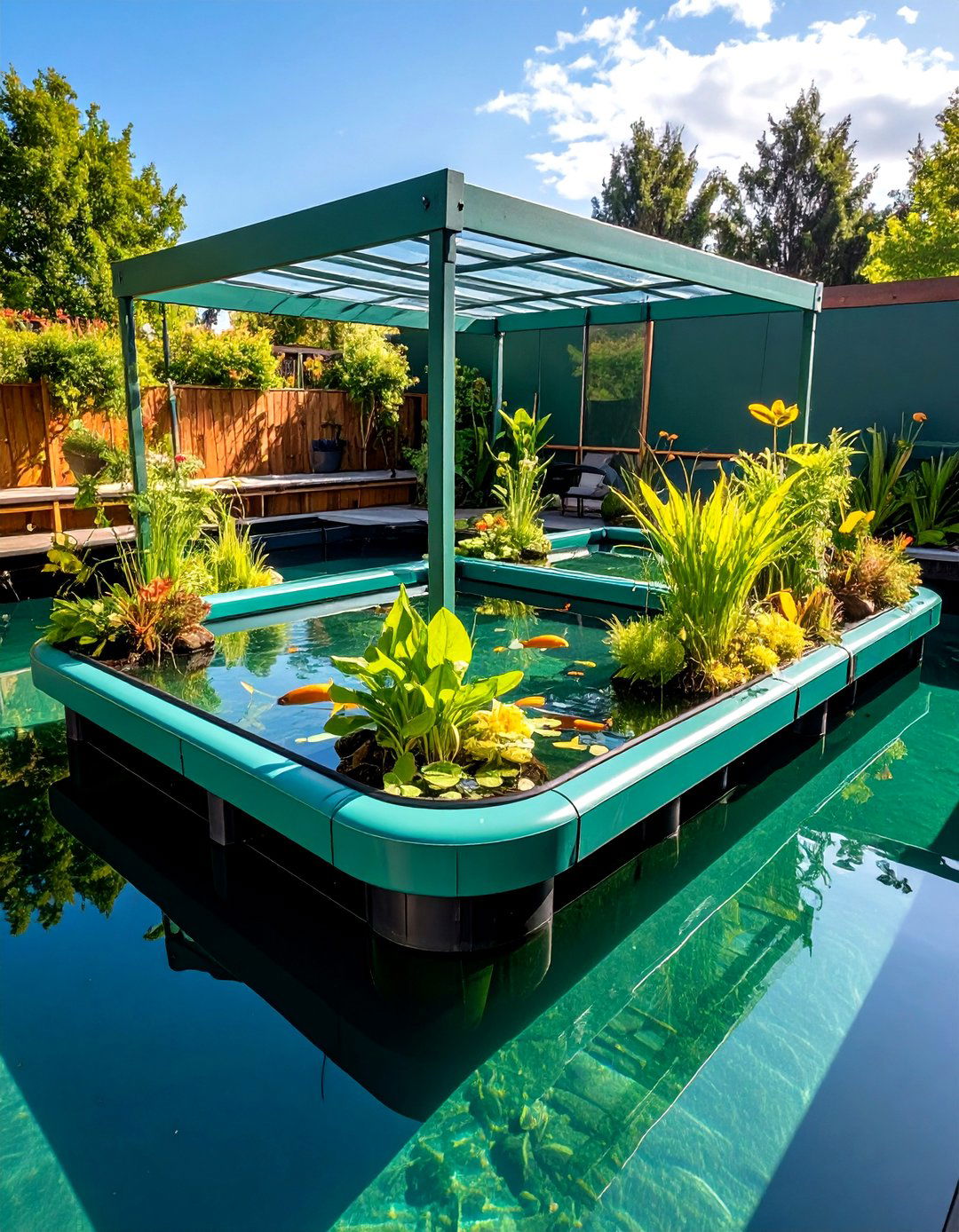
Floating vegetated islands turn an ordinary fish pond into a living wetland mat that scavenges nutrients and shelters fry. Extension research shows that these rafts can cut surface phosphorus by up to 70 %, clarifying water naturally. Construct frames from PVC pipe or recycled bottles wrapped in shade cloth, then plant water mint, pickerel rush, or dwarf cattail. Fish benefit from shaded roots that dangle into the water, providing both refuge and a snack of biofilm. Secure islands with tethers so strong winds do not beach them, and rotate seasonally to avoid stagnant zones.
9. Aquaponics Fish Pond System
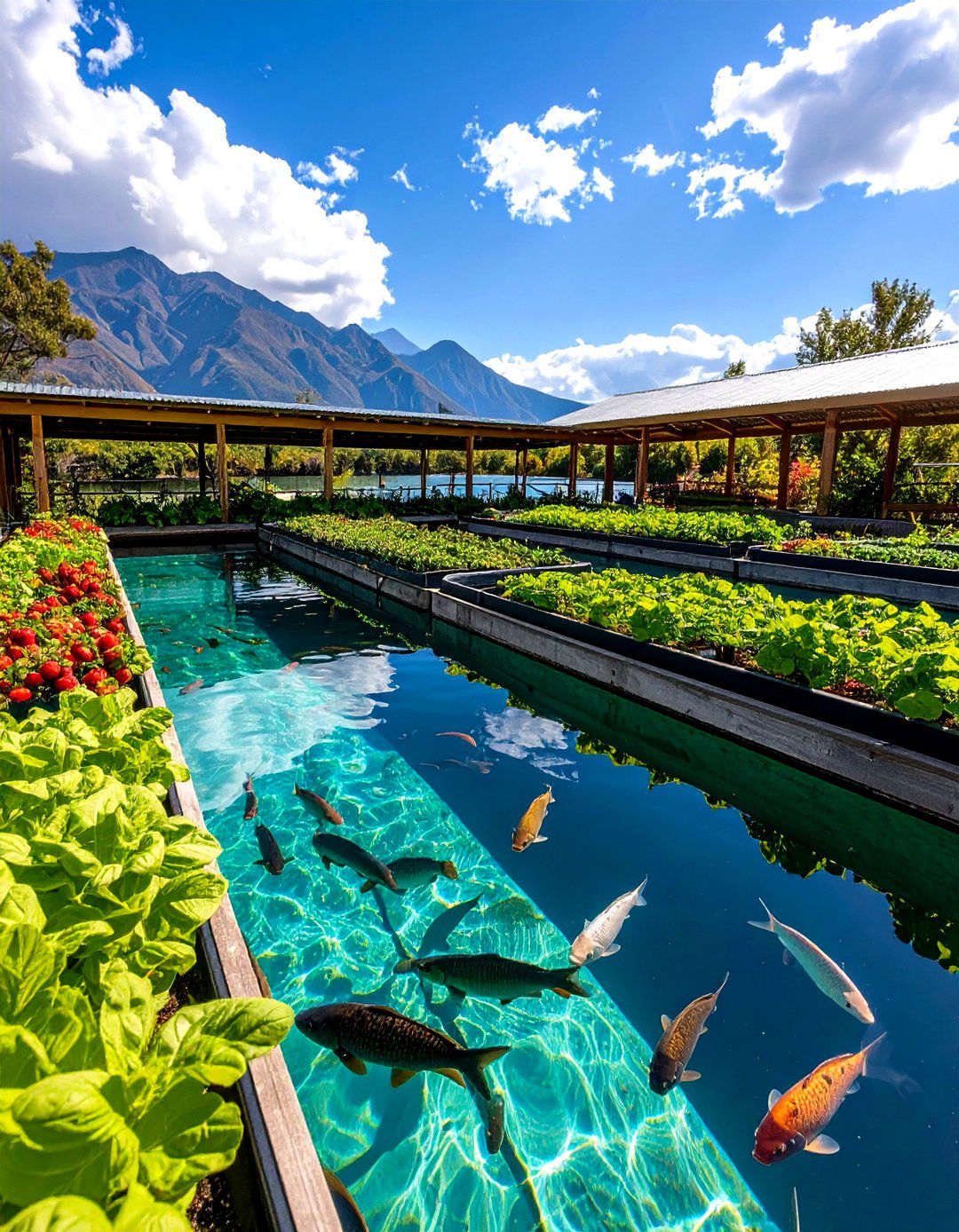
Linking grow beds to a fish pond lets tilapia or koi fertilize lettuce, basil, or even strawberries in a closed loop. Aquaponics guides recommend pumping pond water into media beds and allowing gravity to return it polished to the fish, eliminating separate filtration hardware. Keep fish stocking modest—about 20 kg per 1 000 L—to balance nutrients and avoid ammonia spikes. Backyard tinkerers repurposing drums or pallet beds note that vegetables grow 25 % faster than in soil thanks to constant nutrient availability. Add a backup air stone so plants and fish survive brief power outages.
10. Bog Filter Fish Pond
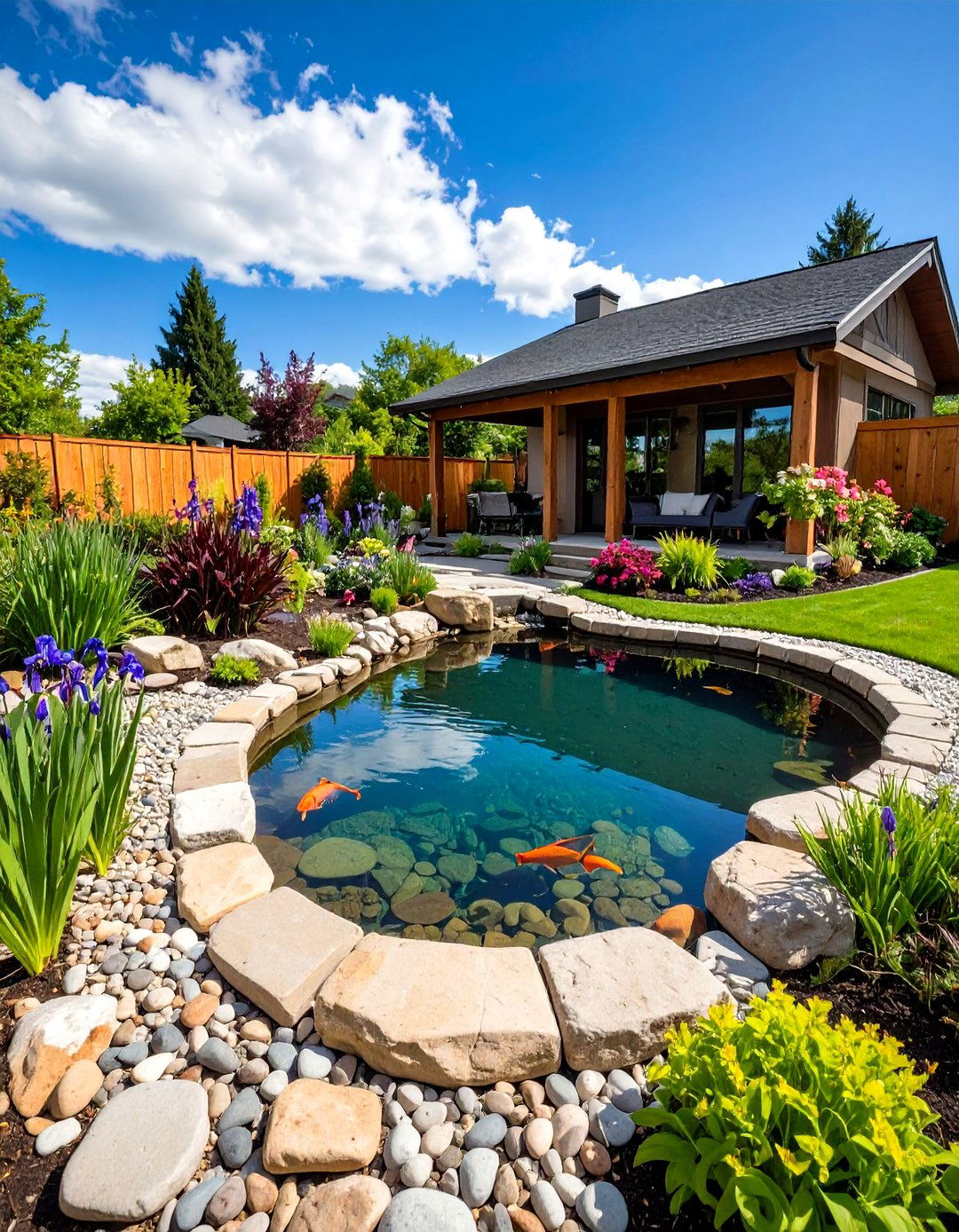
A gravel-planted bog filter set higher than the main fish pond acts as a natural wetland scrubber. Water pumped upward percolates through pea gravel, where bacteria and plant roots strip nitrates before returning clear and algae-starved. Size the bog at roughly 10 % of pond surface area and keep gravel depth under 30 cm to prevent anaerobic pockets. Ideal plants include iris, water celery, and sweet flag—nutrient hogs that overwinter well. Once established, many keepers report only seasonal flushing via a drain pipe, cutting filter maintenance to minutes per year.
11. Rock Stream Fish Pond
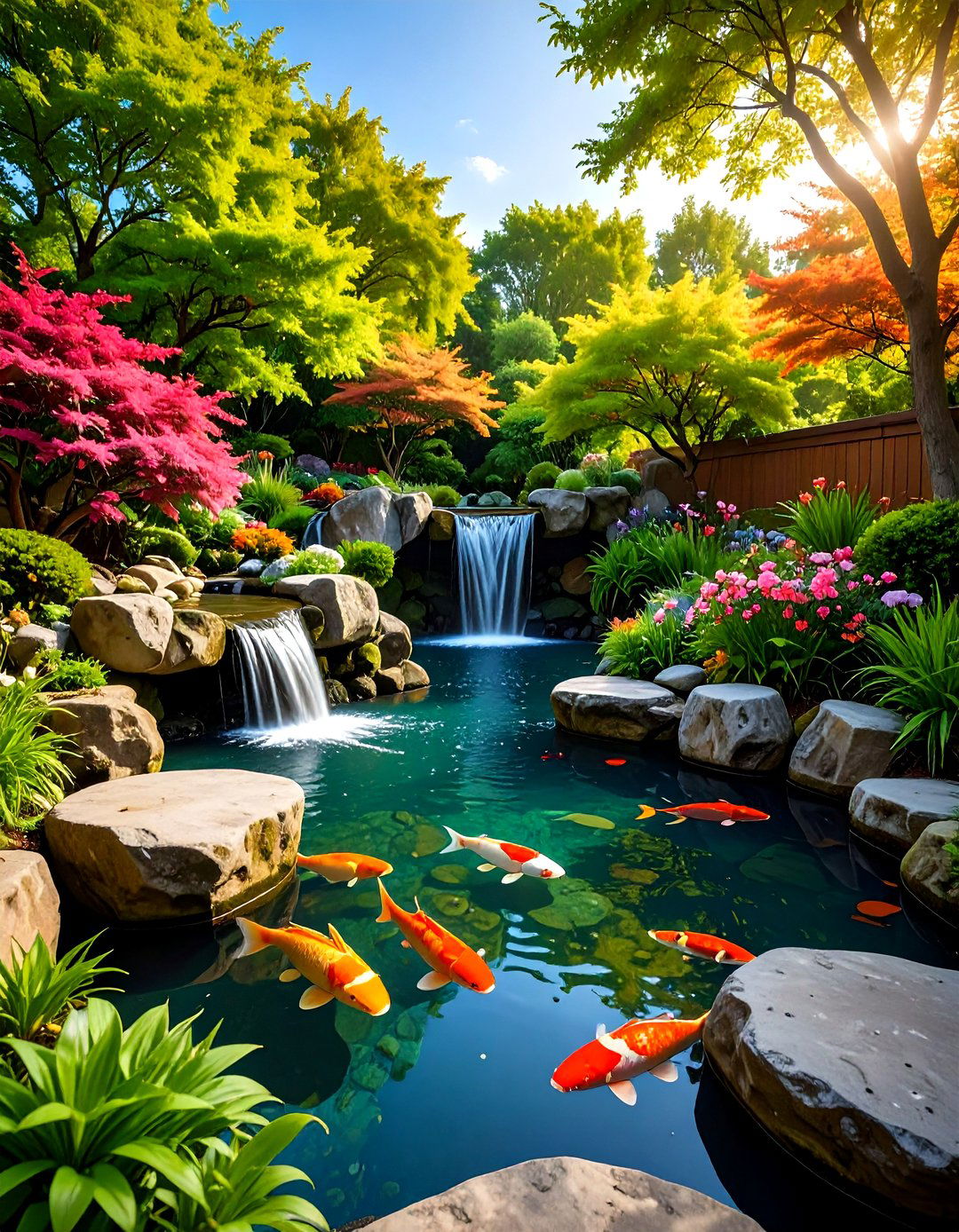
A recirculating rock stream adds motion, oxygen, and a natural soundtrack while guiding rainwater back to the fish pond. Builders fill a sinuous trench with river rock atop liner, then hide a flexible pipe that carries pond water to the head of the stream for a gravity return waterfall. Larger cobbles create riffles where fish can play during high flow. Ecologists note that submerged stones grow biofilm hosting aquatic insects—bonus snacks for koi. To reduce sludge, limit rocks on the pond’s deepest floor and concentrate them along banks where you can rinse easily.
12. Vertical Wall Fish Pond
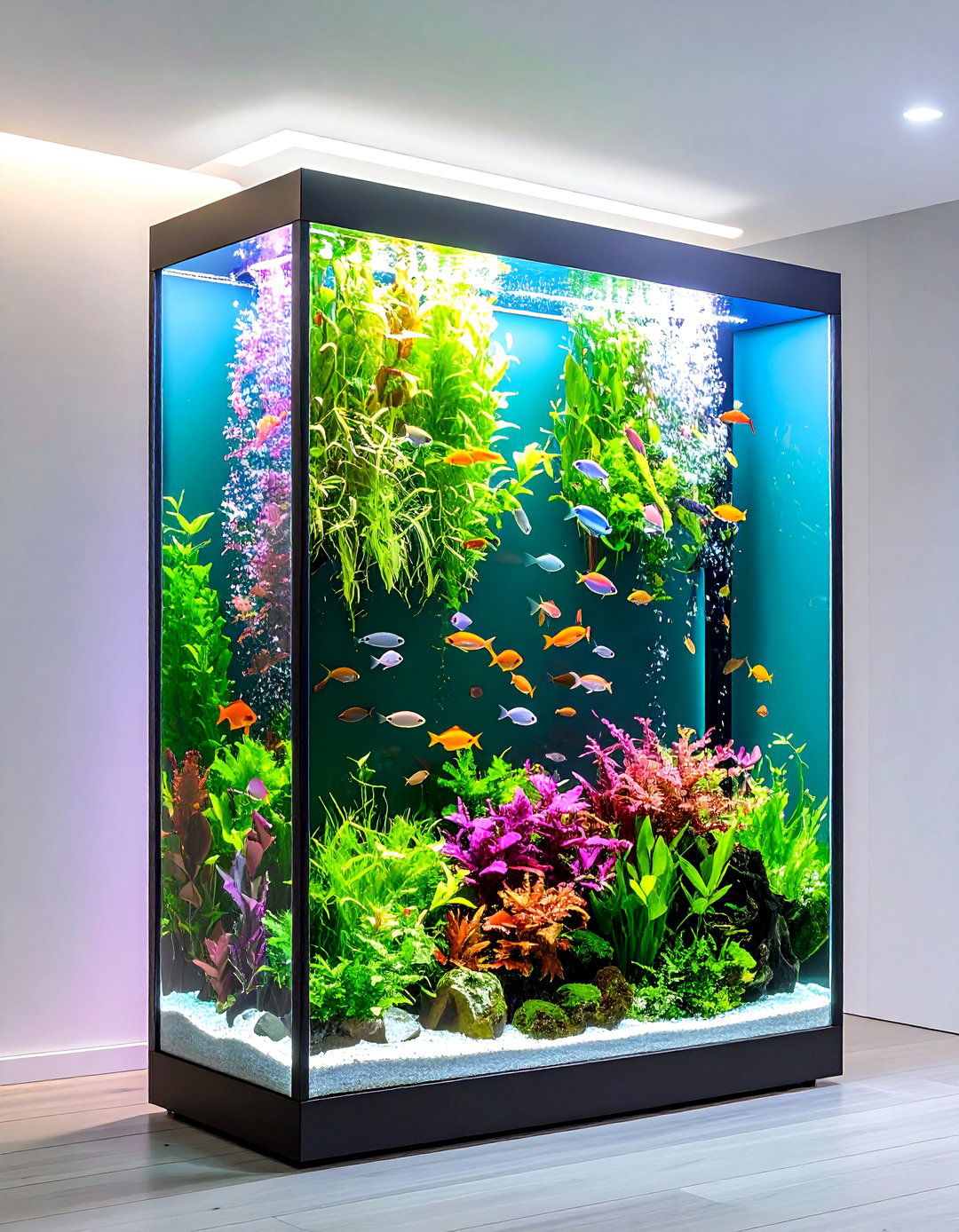
When ground space is tight, a vertical wall fish pond—or “living picture”—turns an interior or patio wall into kinetic art. Wall tanks use laminated acrylic panels and rear-mounted filtration so fish appear to float in midair. Keep stocking light: small tetras, white cloud minnows, or bettas thrive in slender volumes, but even a single fancy goldfish demands at least 75 L. Integrated LED strips mimic sunrise and sunset while showcasing color. A drip tray below catches minor splashes, protecting drywall. Wall studs must be reinforced; one gallon of water still weighs 3.8 kg.
13. Smart Sensor Fish Pond
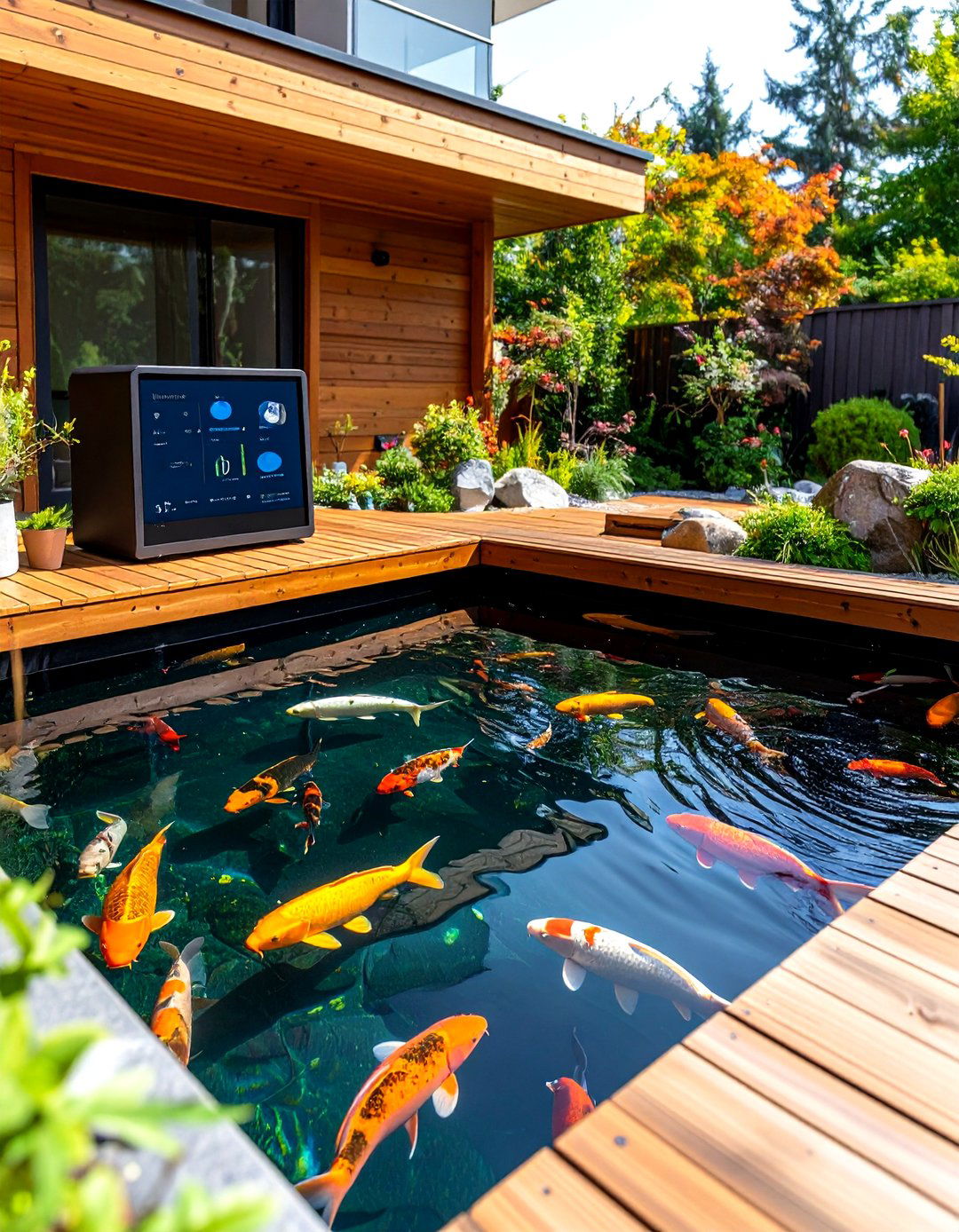
Wi-Fi probes that log pH, ammonia, and temperature let you check fish pond health from a phone and receive alerts before issues turn fatal. Koi specialists highlight sensor kits that sample every 30 minutes and graph trends, making seasonal adjustments intuitive. Cloud dashboards show how heavy feeding spikes ammonia for six hours, reminding you to stagger meals or boost aeration. Early adopters also integrate smart switches to shut pumps during power-rate peaks, trimming energy bills. Place sensors near mid-depth—the most stable zone—and calibrate monthly for lab-grade accuracy.
14. Child-Safe Shallow Fish Pond
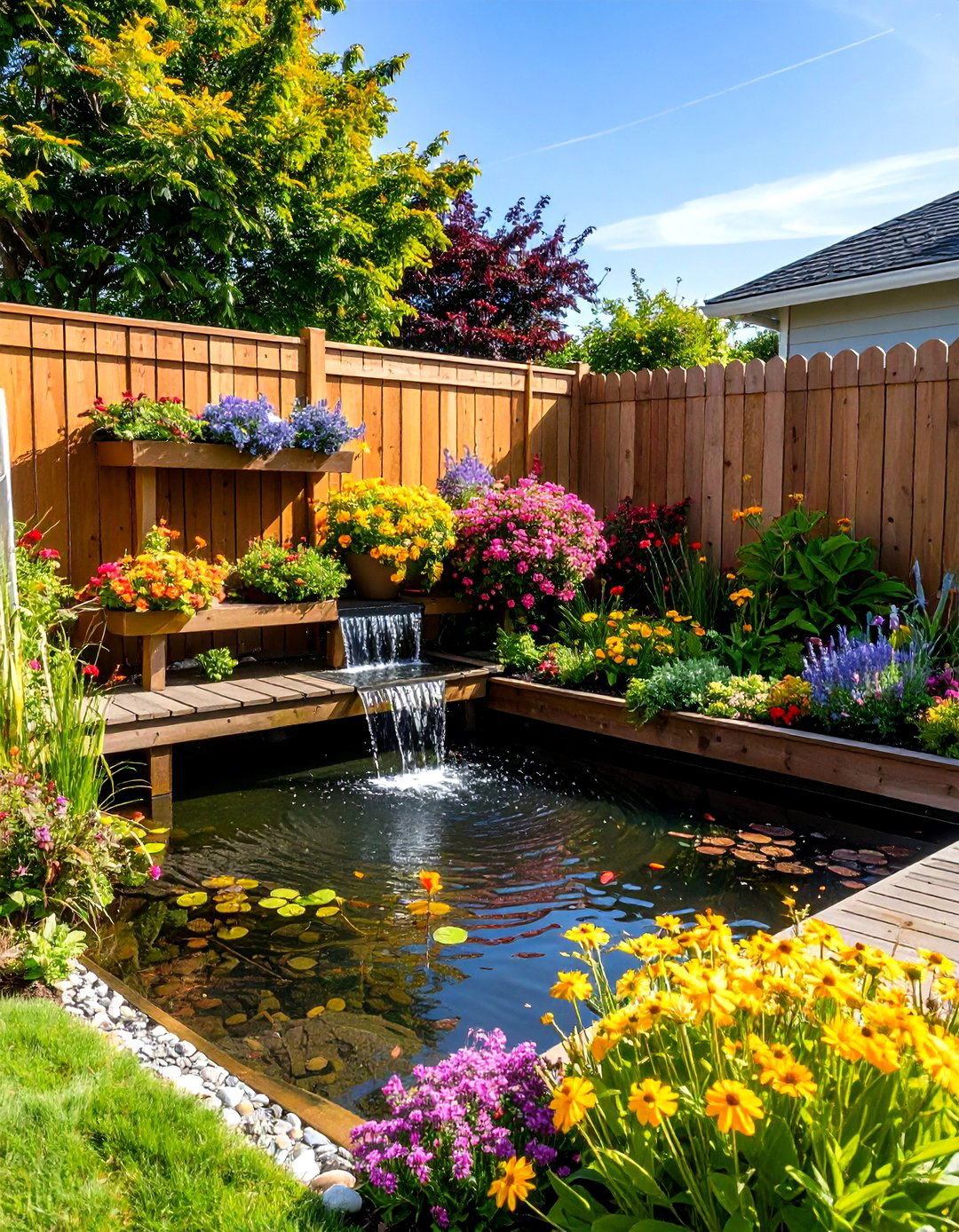
For households with toddlers, a tiered fish pond with shelf depths of 15–40 cm provides aquatic fun without bathtub-sized hazards. Designers keep the central sump under 60 cm and surround it with broad ledges that double as wading zones and escape steps. Perimeter picket fences or transparent polycarbonate screens preserve views while blocking accidental falls. Floating solar fountains distract little hands from climbing, and sensor-activated alarms can text parents if water is disturbed after dark. Brightly colored marginal plants—think cardinal flower—create a visual boundary children respect instinctively.
15. Winter-Ready Fish Pond for Cold Climates
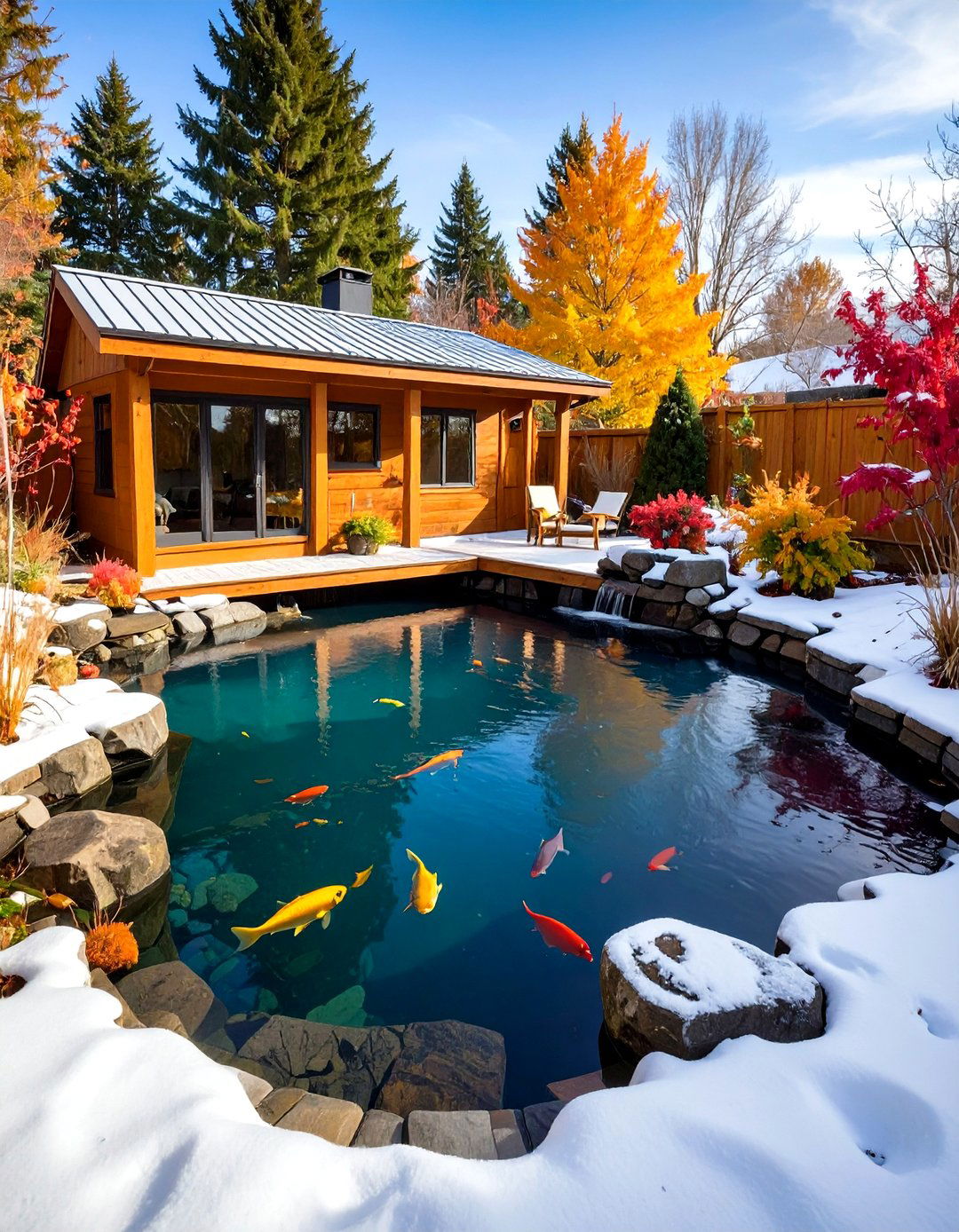
Icy winters threaten fish with oxygen crashes, so a cold-climate fish pond combines depth, aeration, and ice-free vents. Experts advise a minimum depth of 1 m so koi can rest below the frost line, plus an air stone that keeps a dinner-plate opening in the ice. Net the pond before leaf fall to prevent decaying mats that devour oxygen under ice. Relocate pumps to mid-depth so they do not churn warm bottom layers. Many keepers float a low-watt de-icer only during severe snaps, cutting electricity yet ensuring fish greet spring alive.
16. Pollinator-Friendly Fish Pond
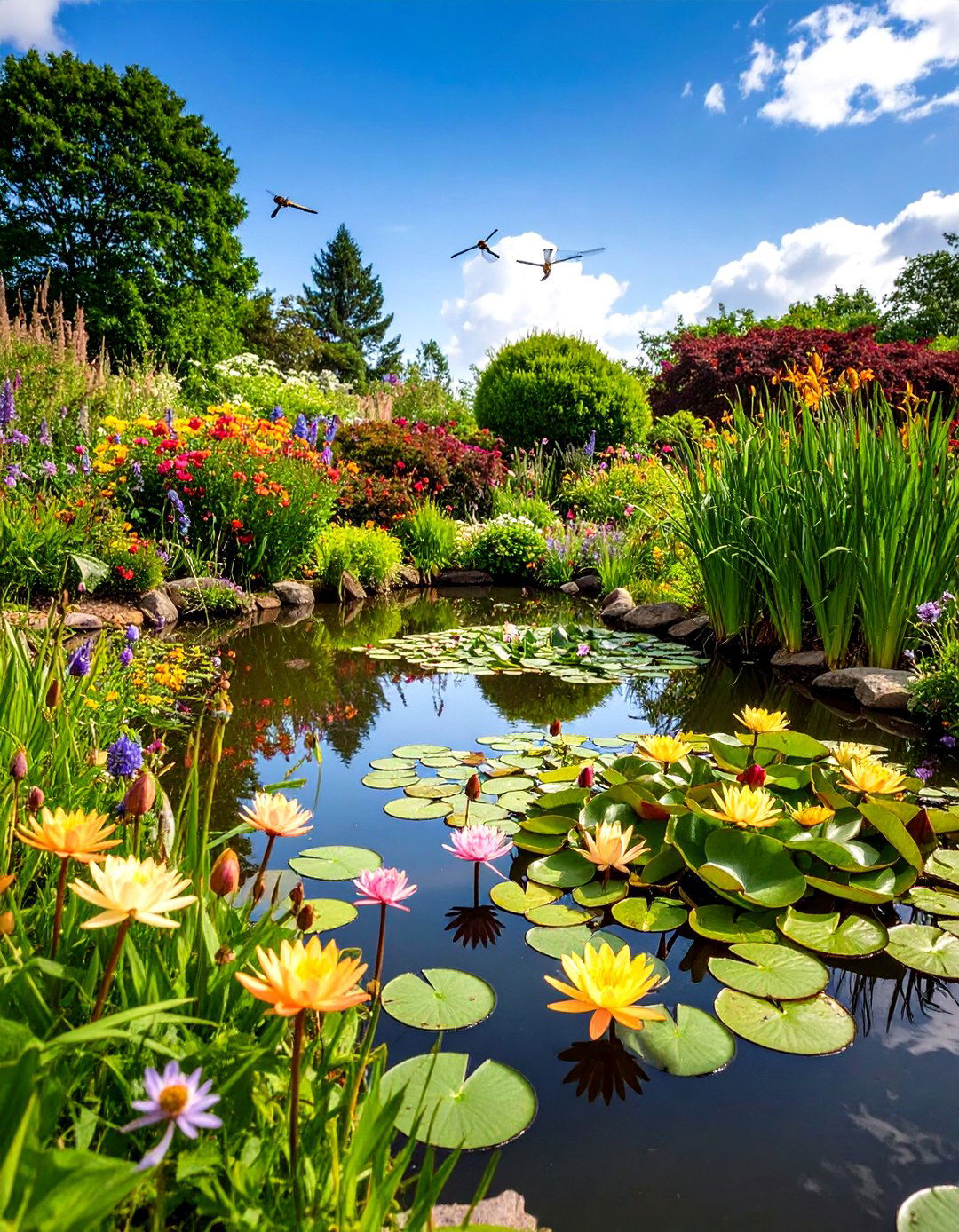
Stocking a fish pond’s margins with nectar-rich natives invites bees and butterflies that boost garden yields. Nurseries list water forget-me-not, marsh marigold, and purple loosestrife cultivars as magnet species blooming from early spring through autumn. Buttonbush, a shrub tolerant of wet feet, frames larger ponds and produces pincushion flowers adored by swallowtails. Avoid systemic pesticides; runoff can sicken fish. Instead, encourage predatory dragonflies—larvae thrive in shallow shelves and cut mosquito numbers naturally. A single log or flat stone landing pad lets pollinators sip safely without drowning.
17. Minimalist Modern Concrete Fish Pond

Sleek right angles and charcoal-tinted concrete walls bring architectural drama to a minimalist concrete fish pond. Designers prefer pigment-integrated concrete to avoid peeling paint and choose hidden “wet edges” where water overflows into a slot skimmer for mirror-flat reflection. Submerged LED uplights bounce off the monolithic surface, creating runway-style glow at night. Because concrete can leach lime, acid-wash and seal surfaces before filling; then monitor pH weekly for the first month. Sparse aquatic planting—perhaps one sculptural lotus—keeps the focus on geometry and graceful fish movements.
18. Reflective Courtyard Fish Pond

A shallow reflective fish pond, just 25–30 cm deep, turns walls and sky into living artwork and visually doubles tight courtyards. Designers note that tranquil surfaces demand low-flow inlets positioned below the waterline so ripples stay minimal. Dark plaster or liner enhances mirror quality, while a concealed perimeter slot drain prevents rainwater overflow. Gold or white koi glide like brushstrokes across black ink, delivering seasonal drama without disrupting the Zen stillness. Use uplights on courtyard columns, allowing their reflections to dance across the plane and lengthen evening gatherings.
19. Indoor Atrium Fish Pond
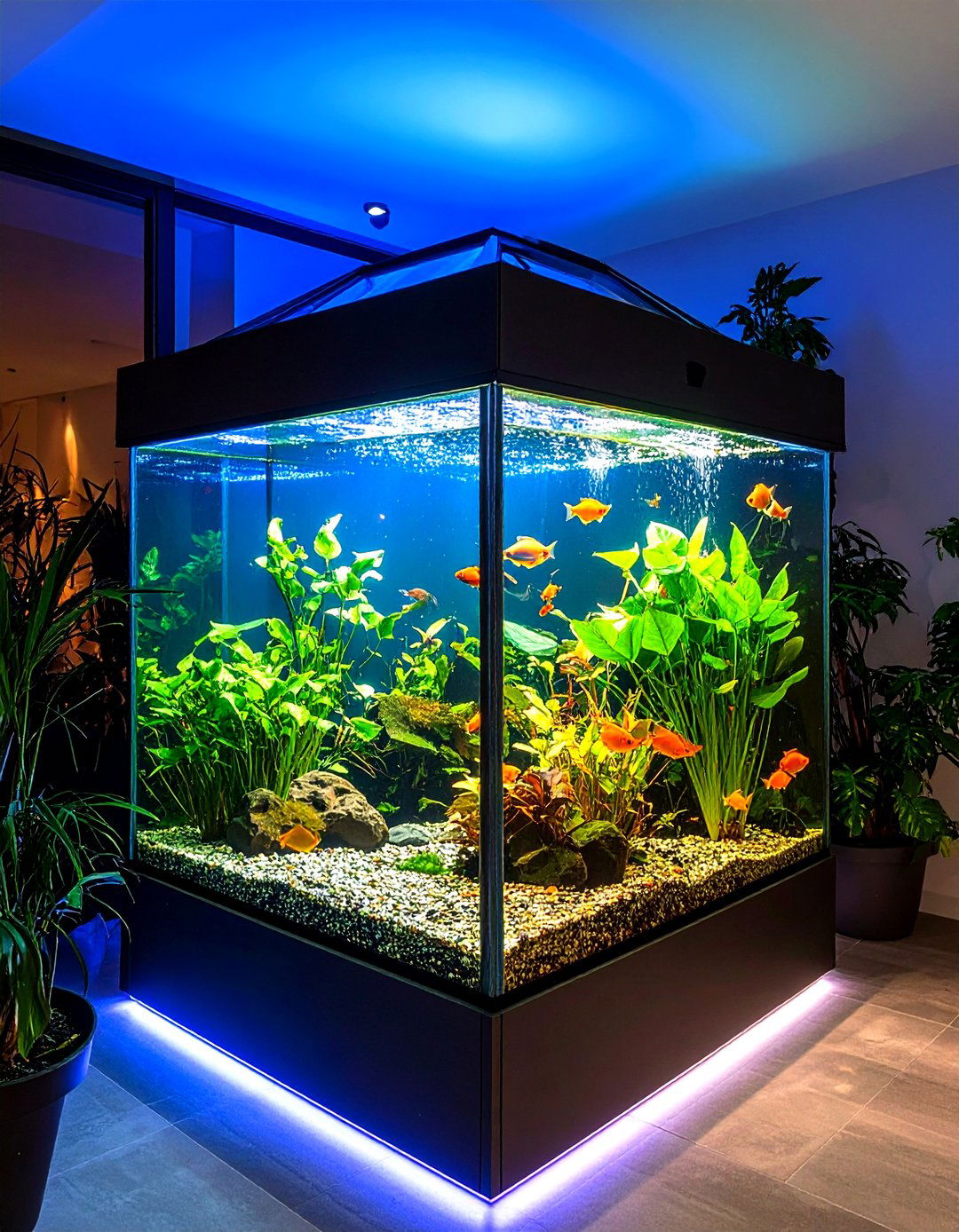
Bringing a fish pond into an atrium floods interiors with humidity and biophilic calm—just remember that one gallon weighs nearly 8 lb, so site ponds over load-bearing beams. Clear polycarbonate lids cut evaporation while safeguarding small pets. Houseplants such as pothos or peace lily root directly in the marginal zone, scrubbing nitrates for a near-zero-waste loop. Enthusiasts report improved indoor air quality and lower heating bills as evaporative cooling moderates winter dryness. Motion-sensor LED strips emulate sunrise and reduce algae by limiting photoperiod to fish-friendly cycles.
20. Community Pocket Park Fish Pond
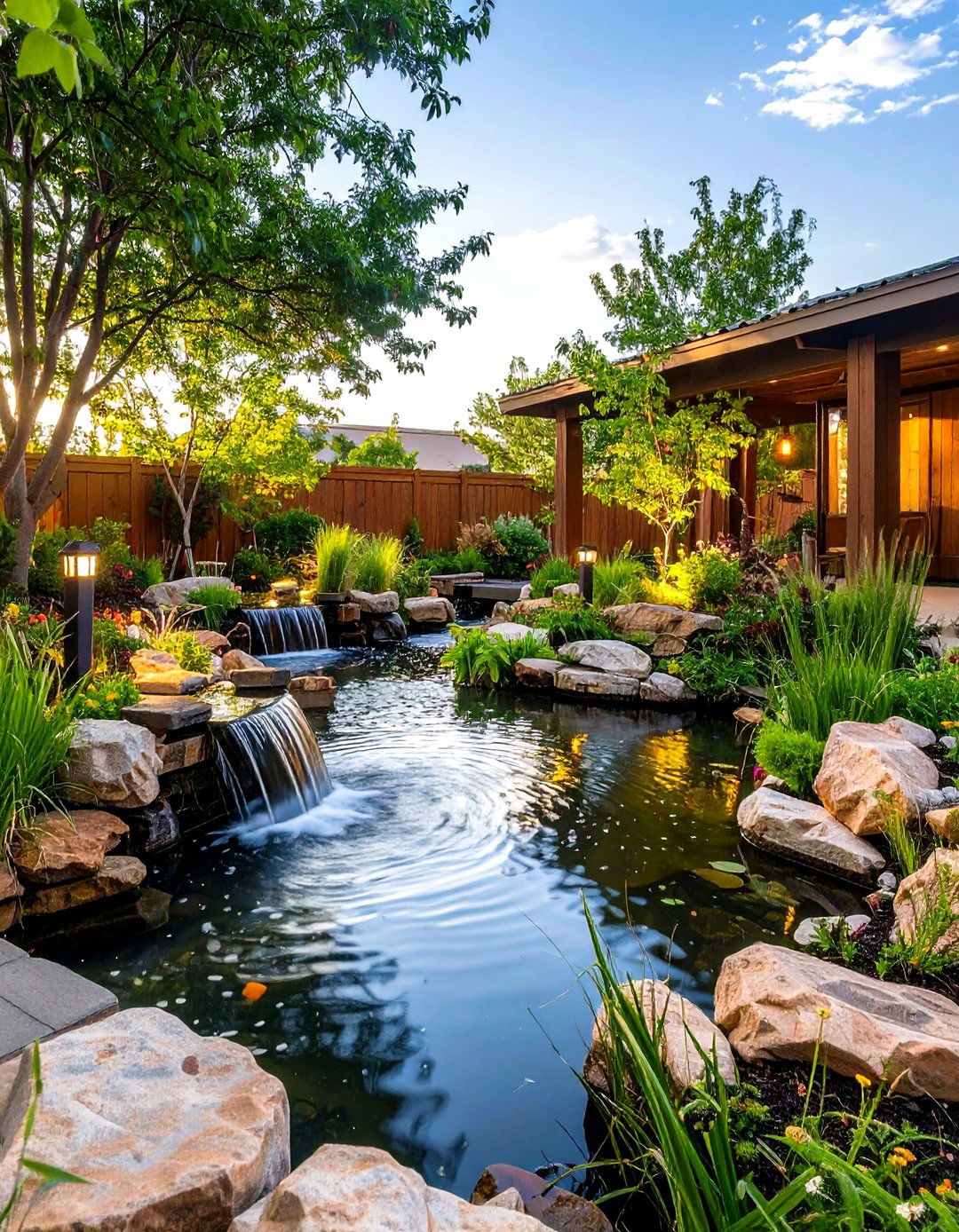
Installing a small fish pond in a neighborhood pocket park revives disused lots and sparks social cohesion. Urban-planning studies show pocket parks lift surrounding property values and provide vital nature access in dense districts. A fish pond becomes the focal hub: parents gather while children feed goldfish, seniors practice tai chi beside calming water. Use vandal-resistant stainless spillways and solar lights to keep maintenance low. Native shade trees moderate water temperatures, and interpretive signs teach visitors about local aquatic ecosystems, turning recreation into education.
Conclusion:
Whether perched on a rooftop or humming beneath a kitchen skylight, each fish pond idea balances art, ecology, and well-being. Raised walls invite closer connection; bogs and biofilters keep water clear; solar pumps and smart sensors shrink footprints while widening peace of mind. By tailoring depth, filtration, and planting to climate and use, you can craft a fish pond that nourishes pollinators, dazzles guests, and anchors daily mindfulness—proof that a few square meters of water can ripple benefits far beyond its banks.


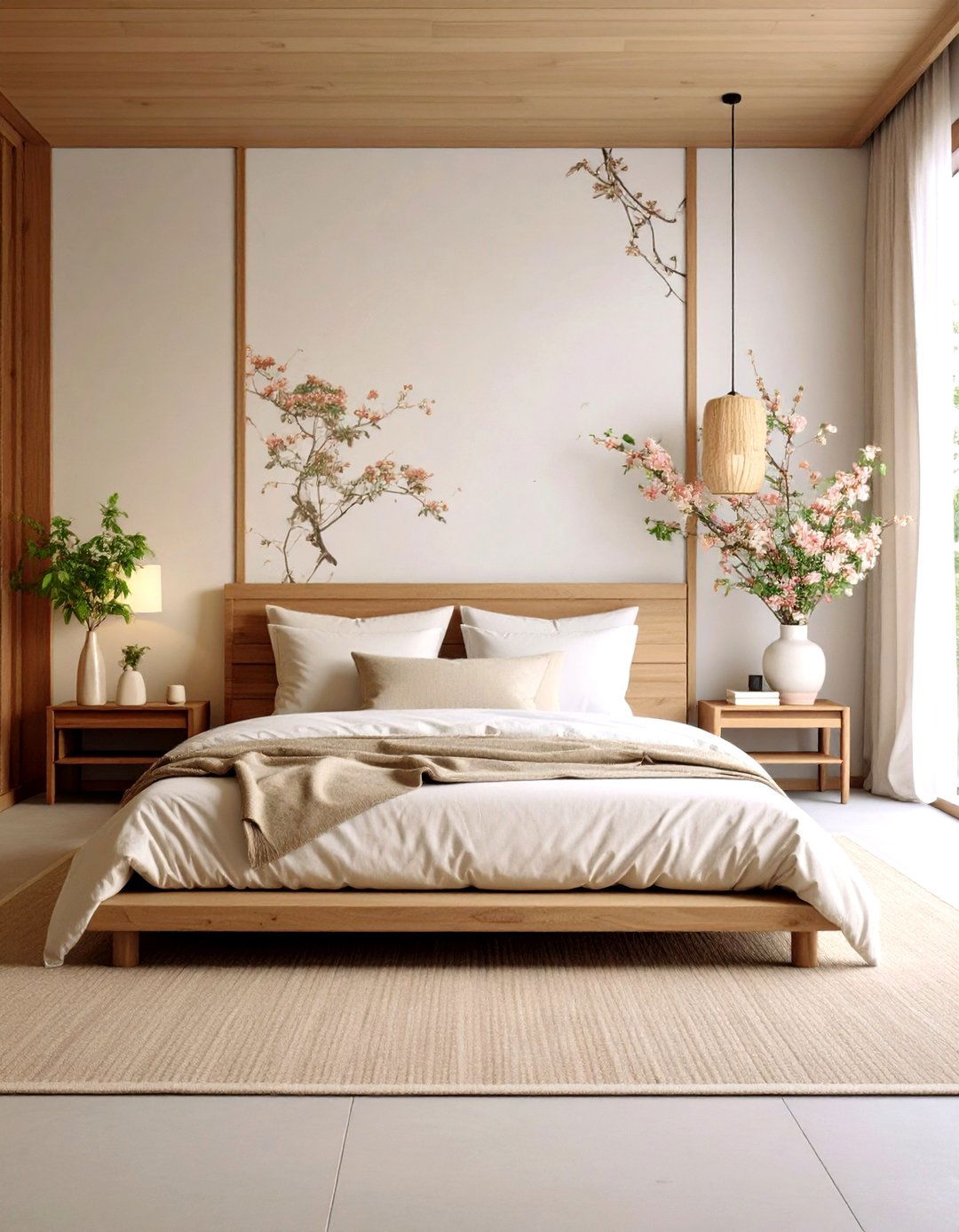
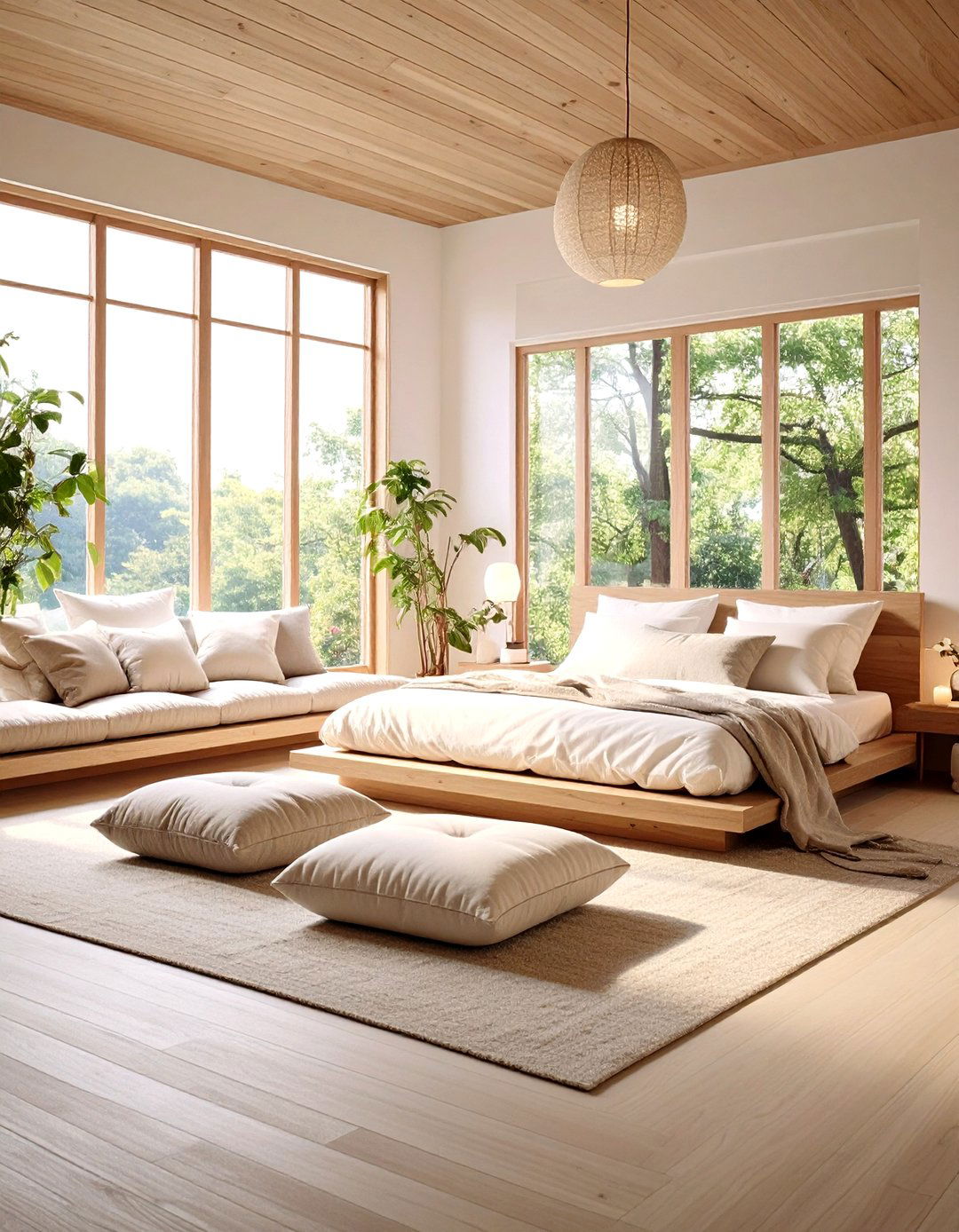
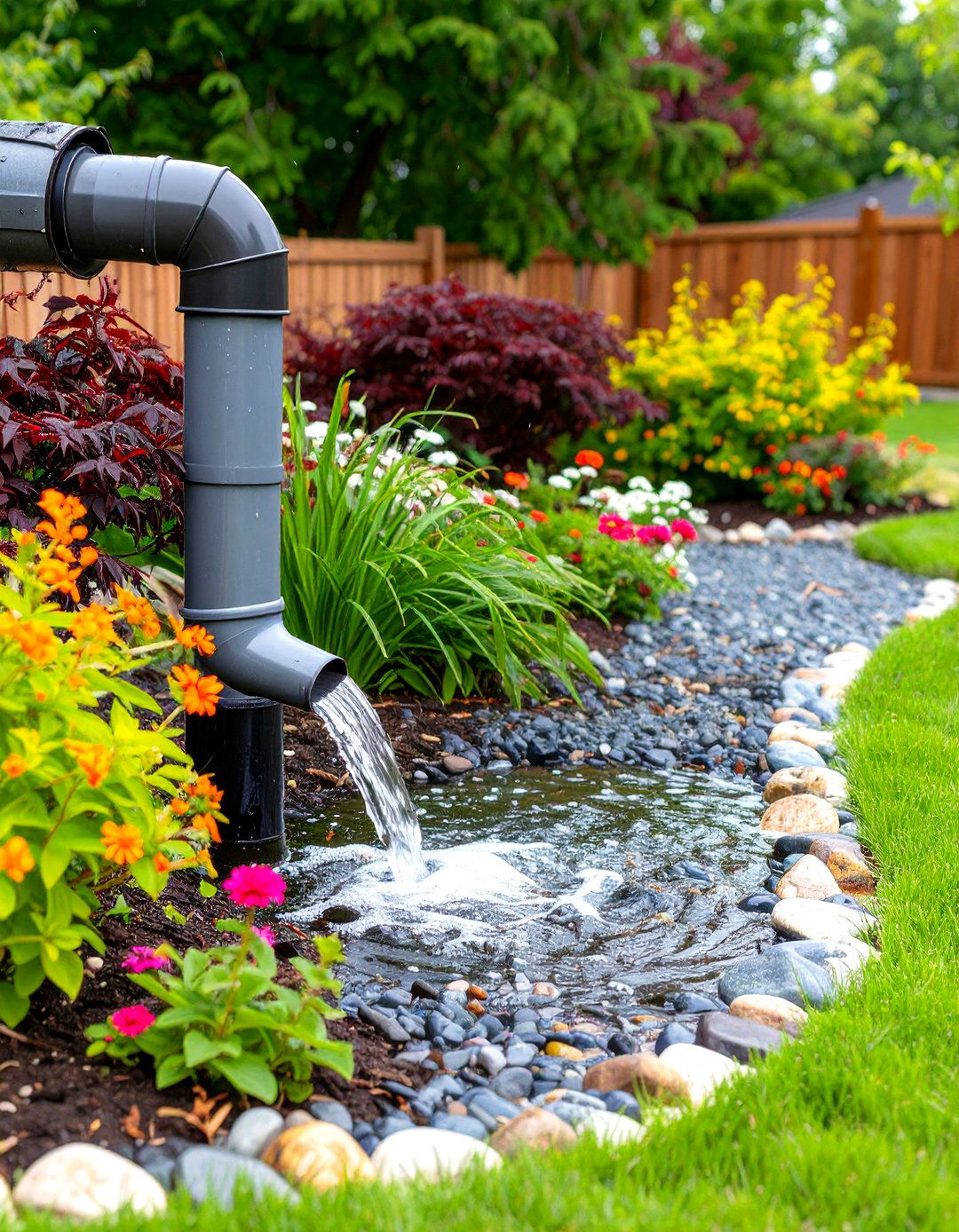


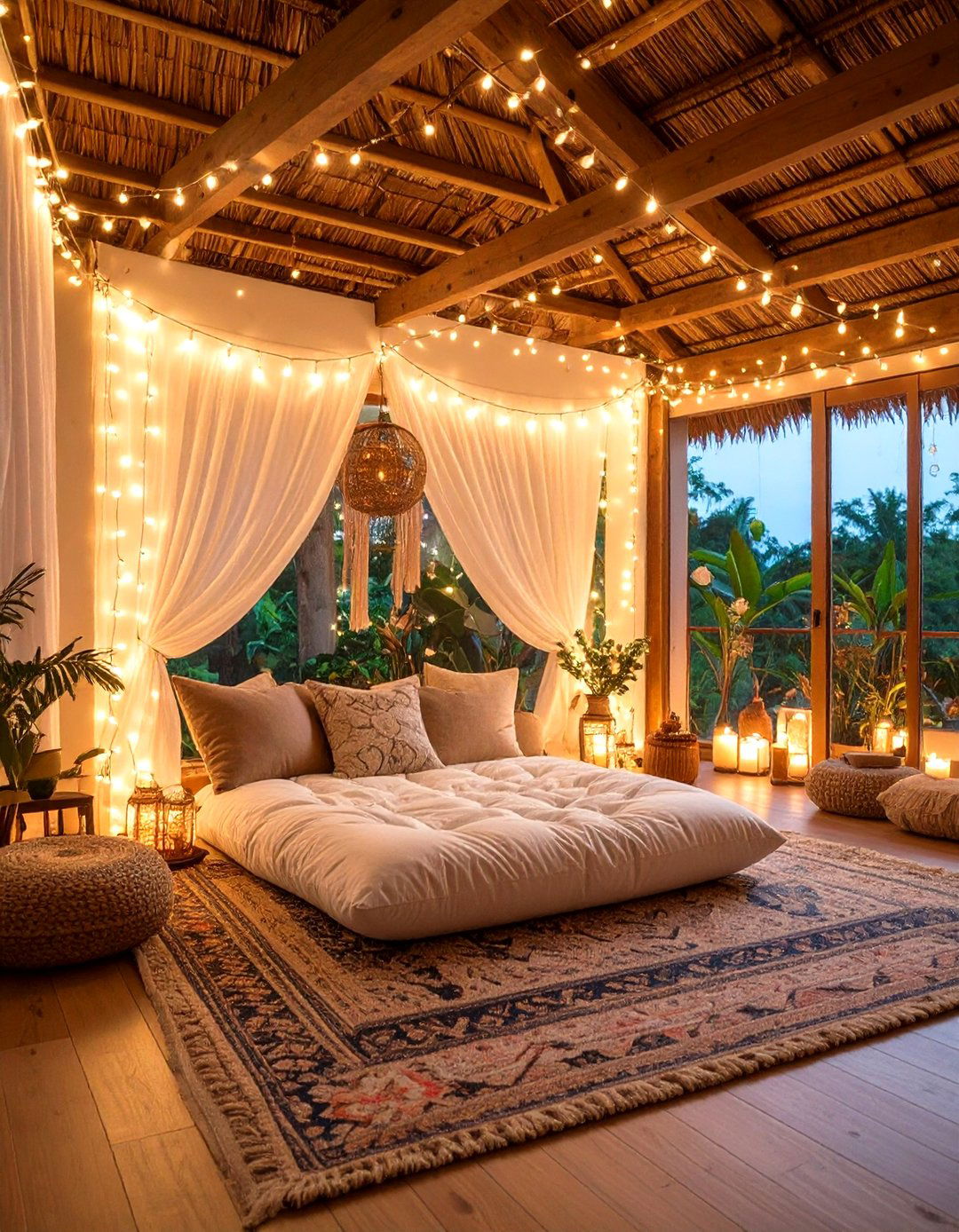
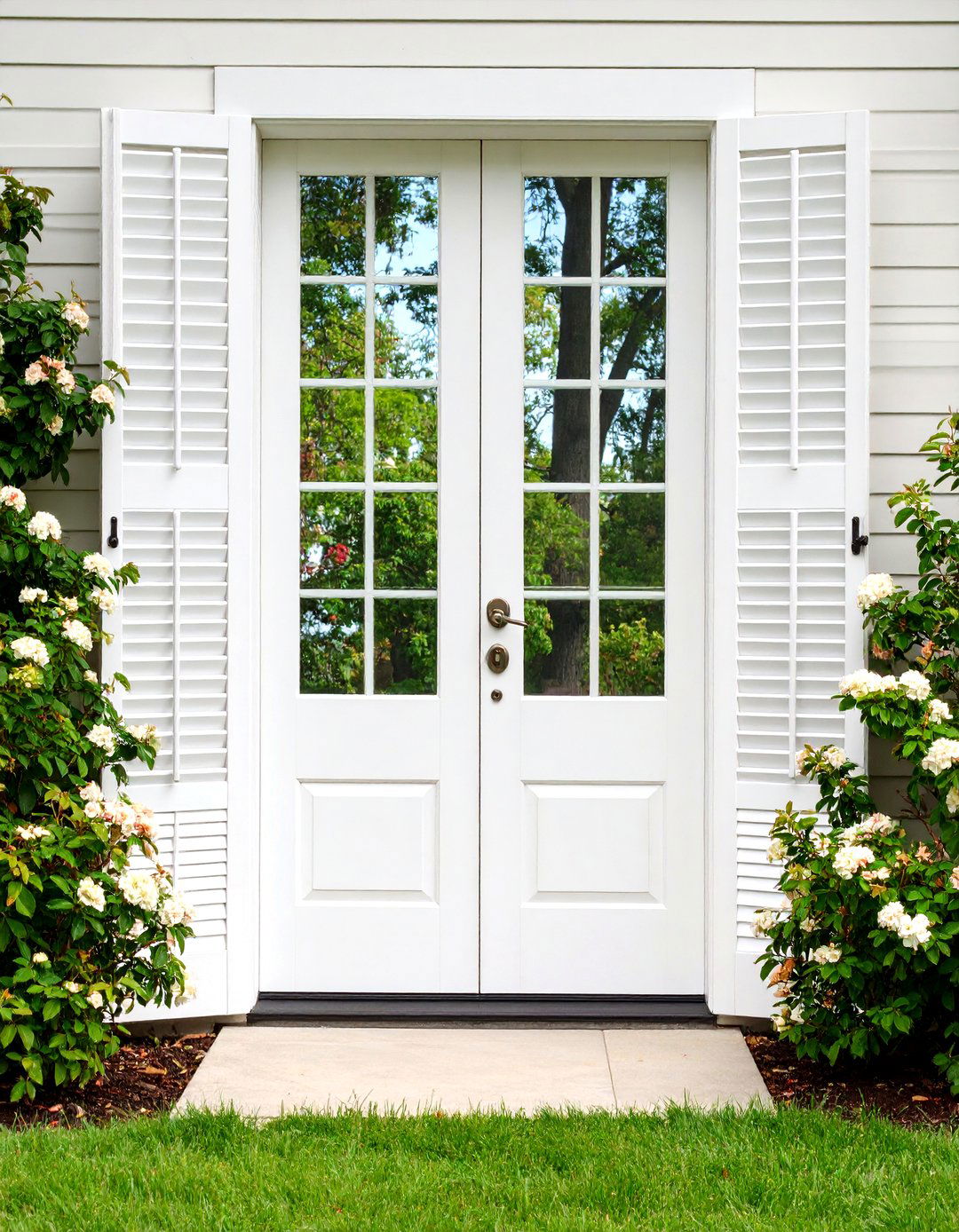
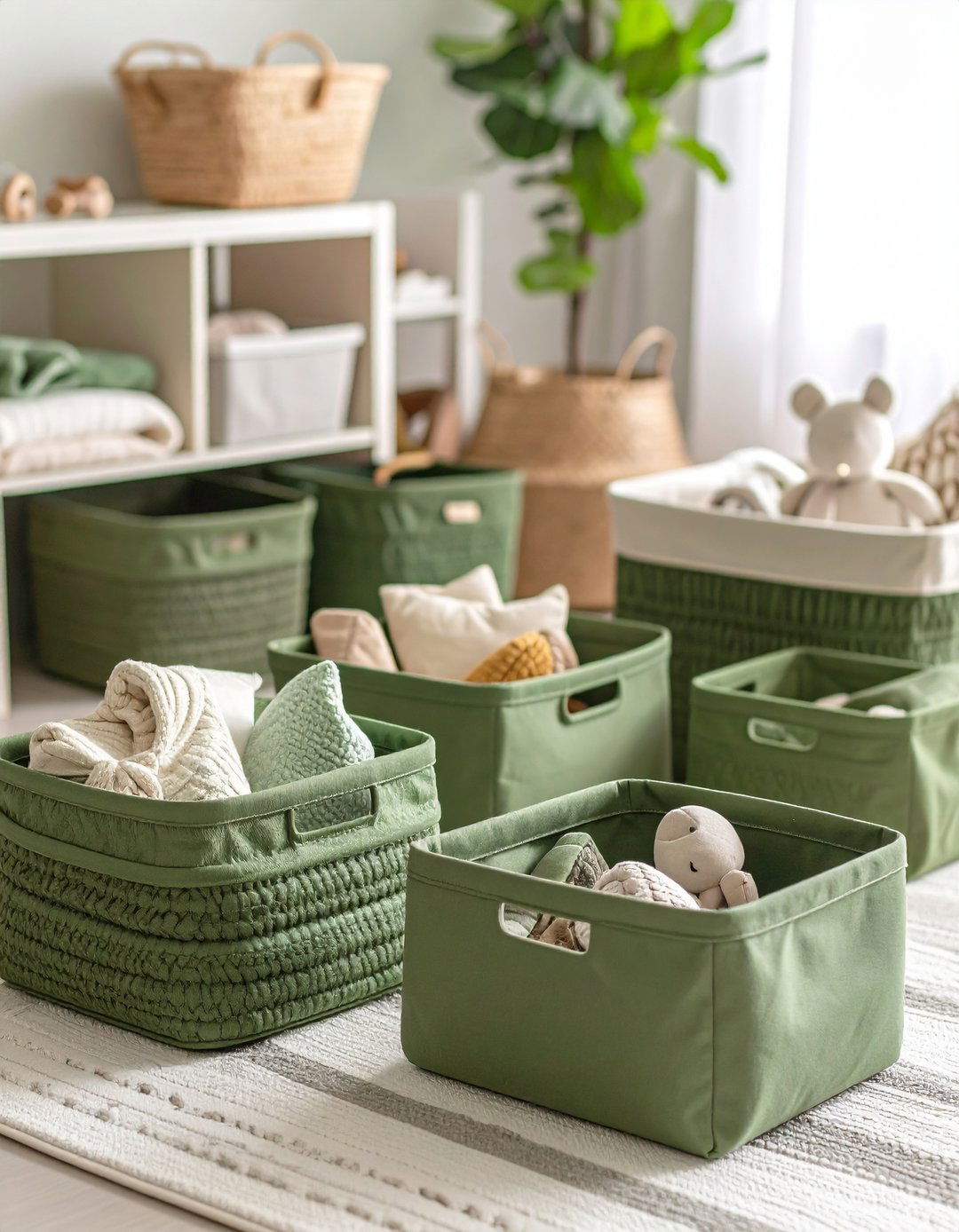
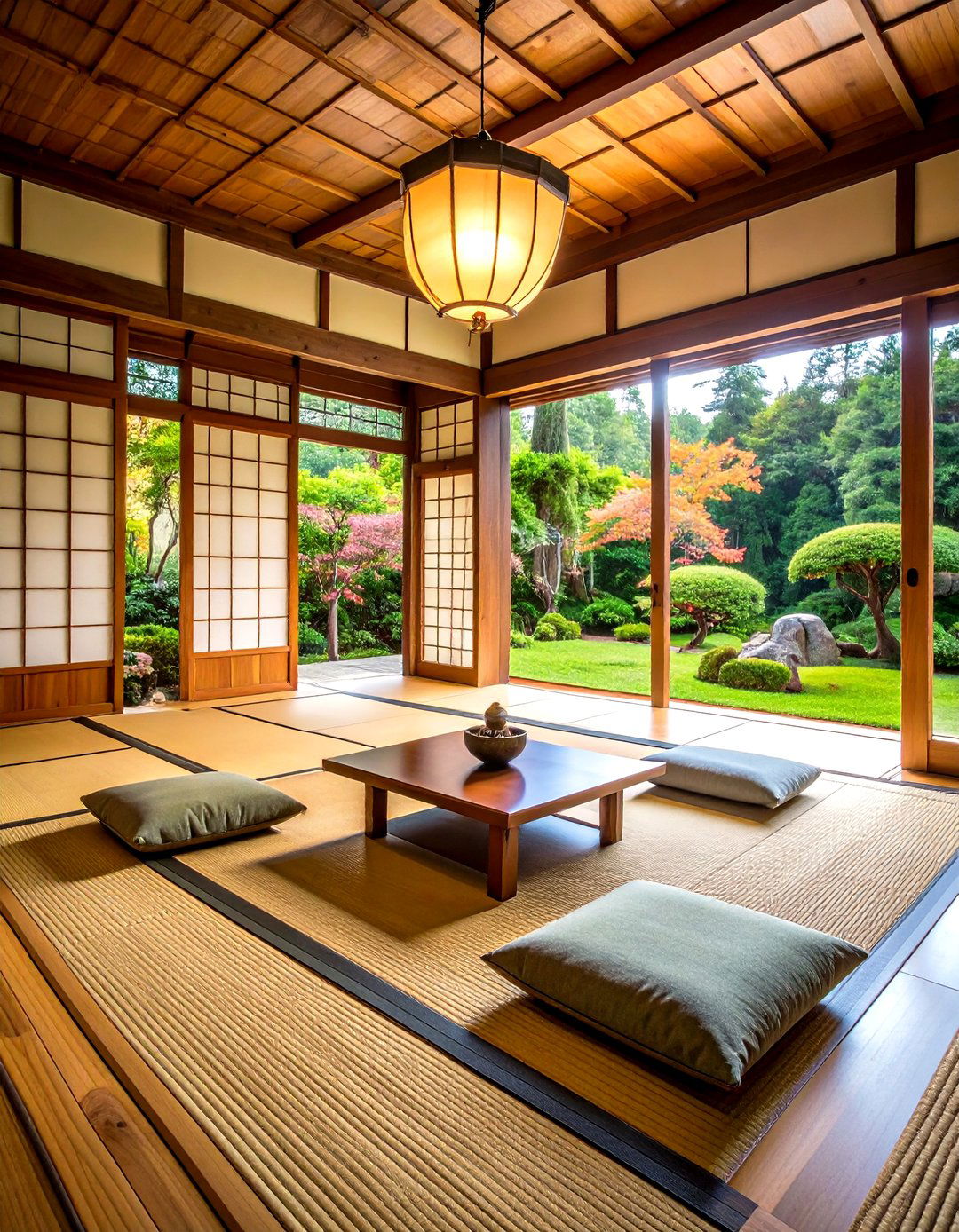

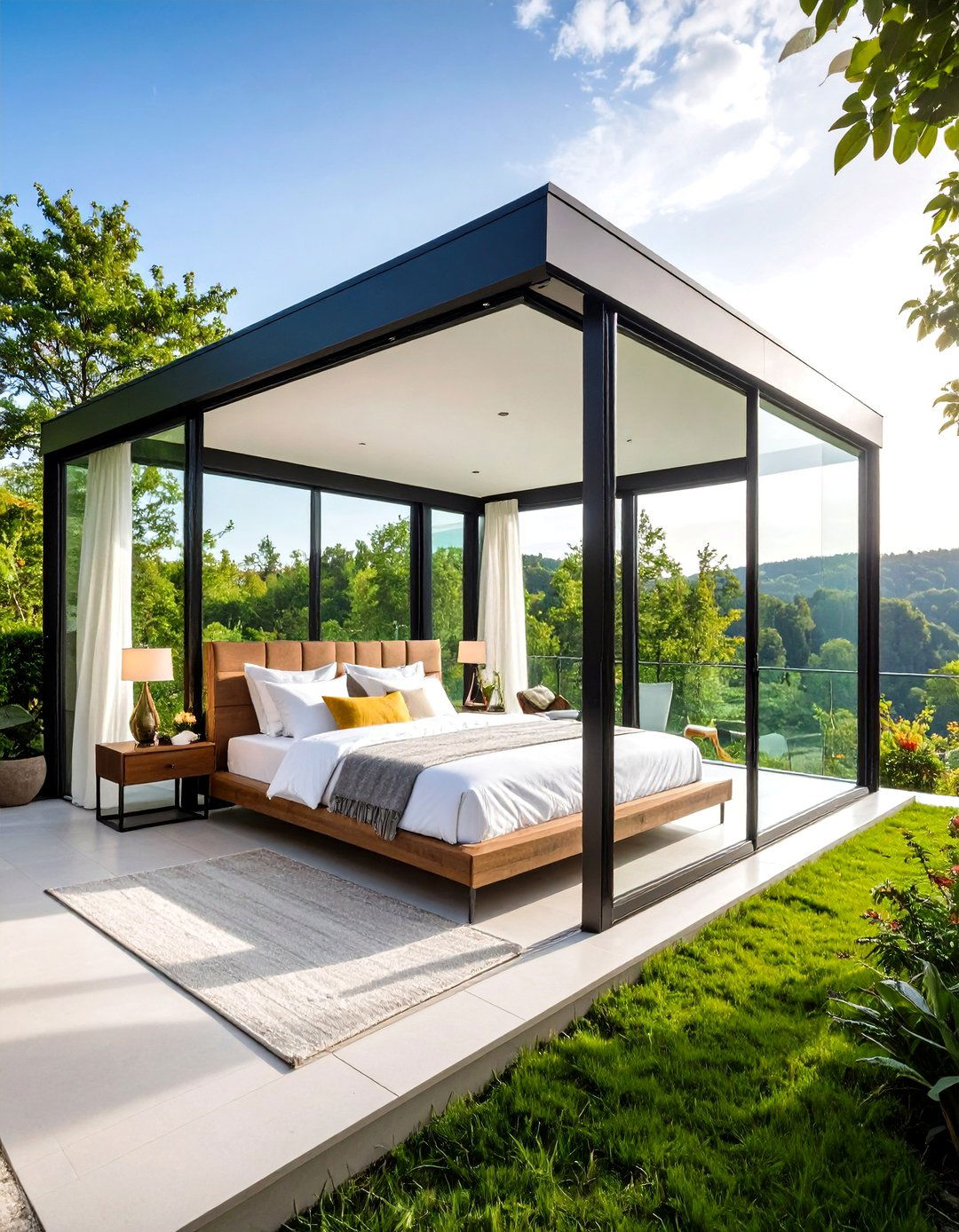
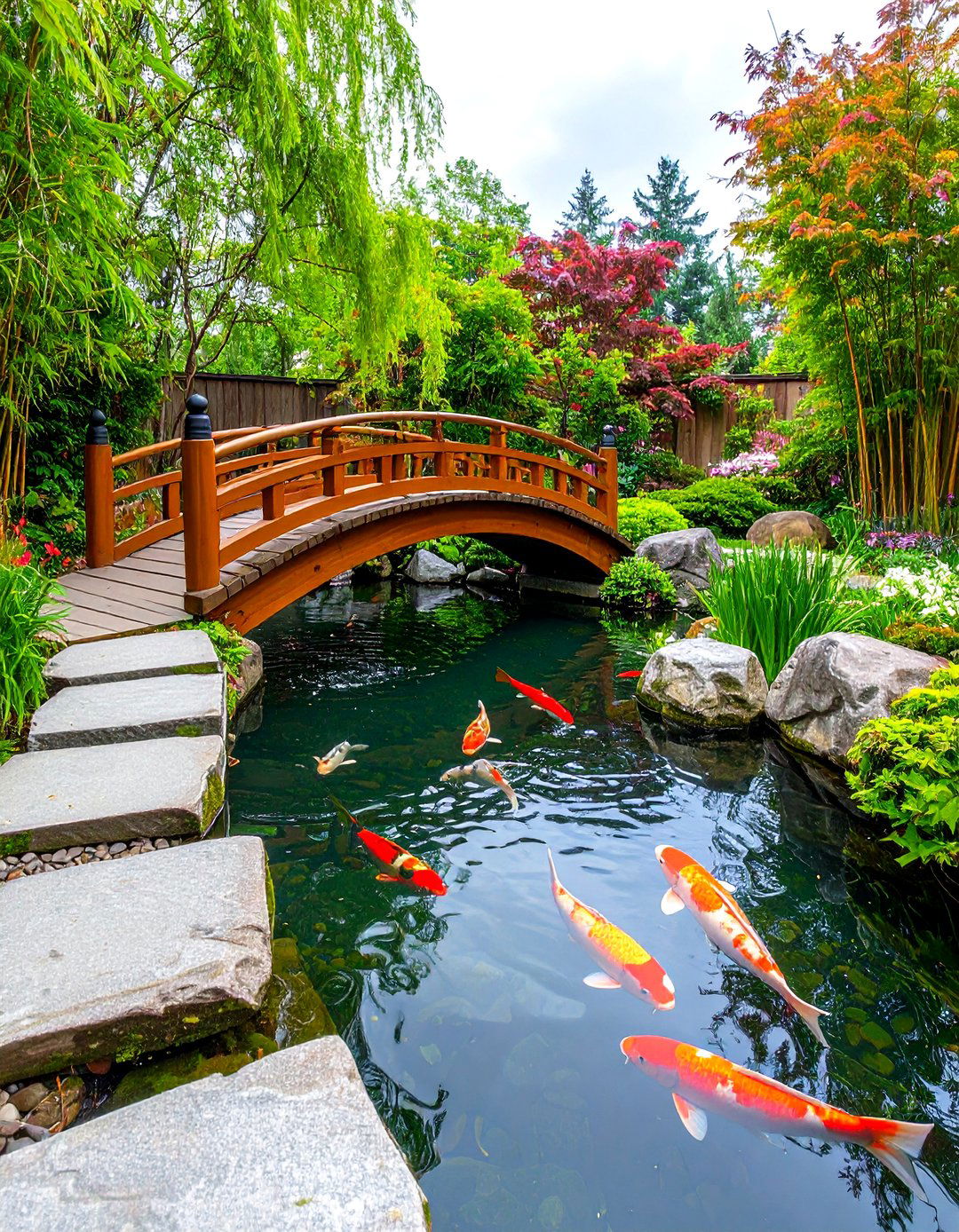
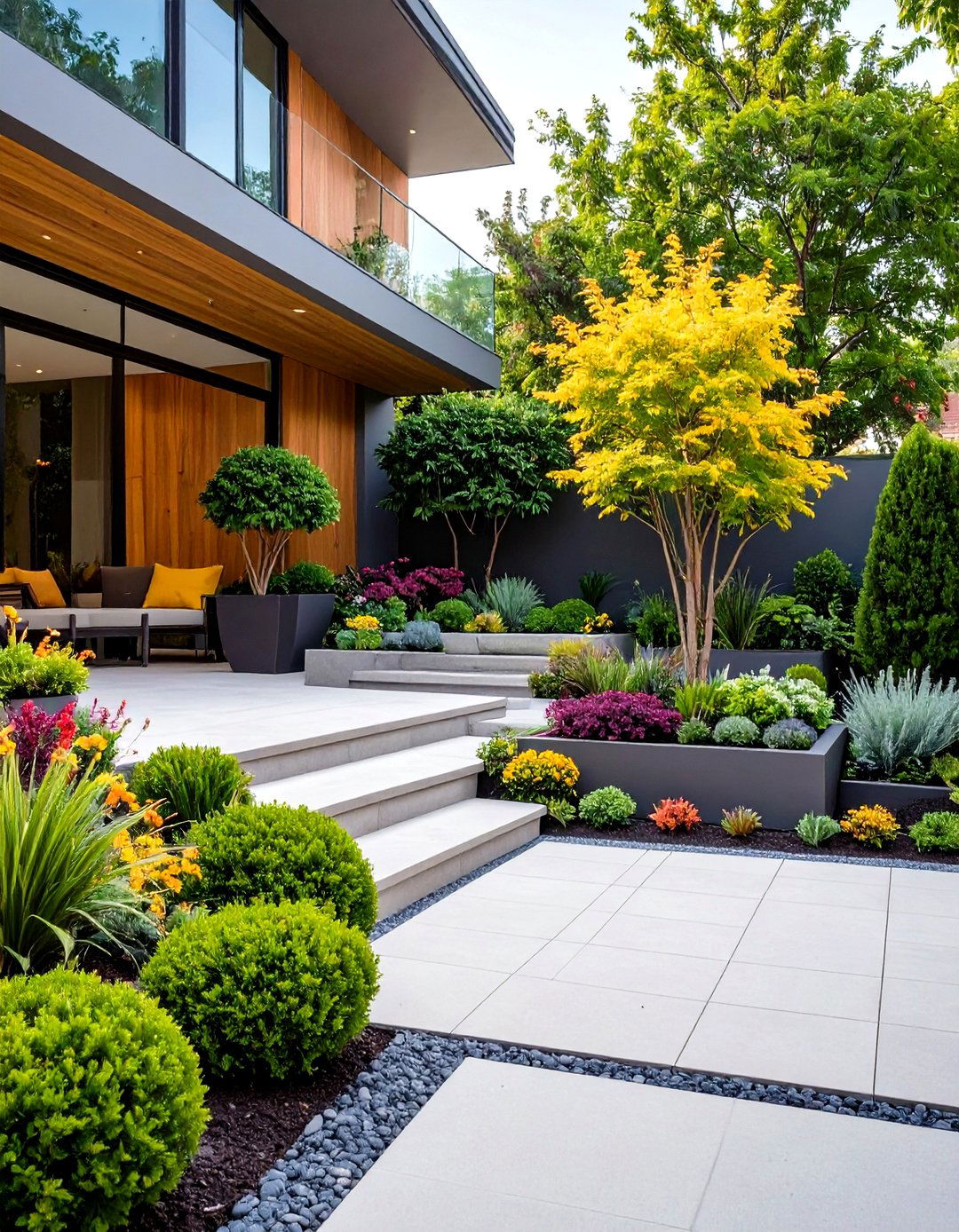
Leave a Reply